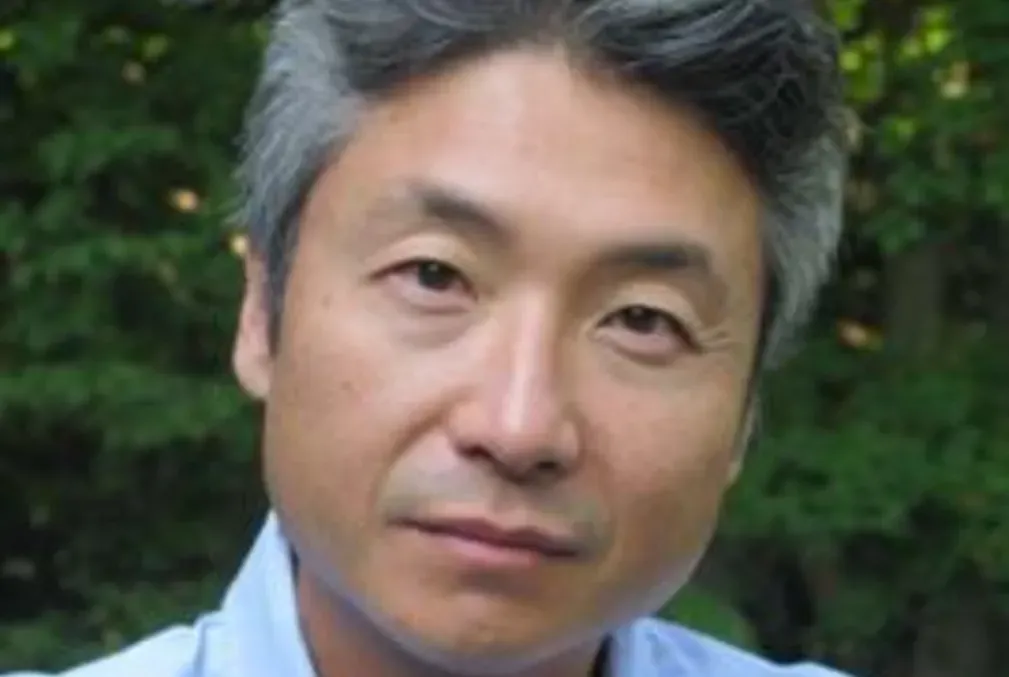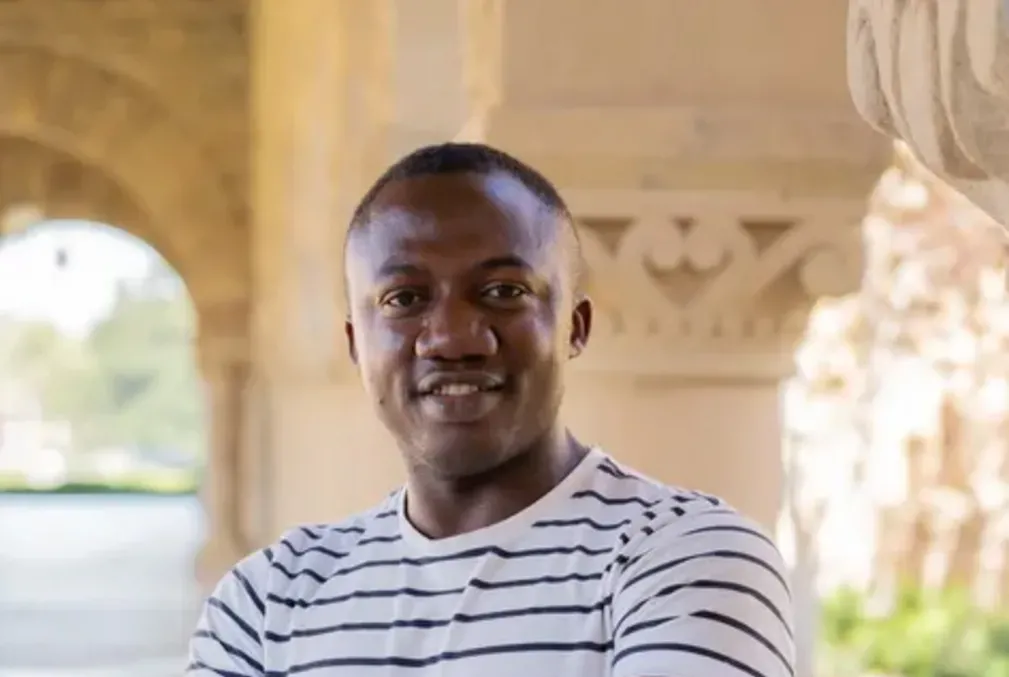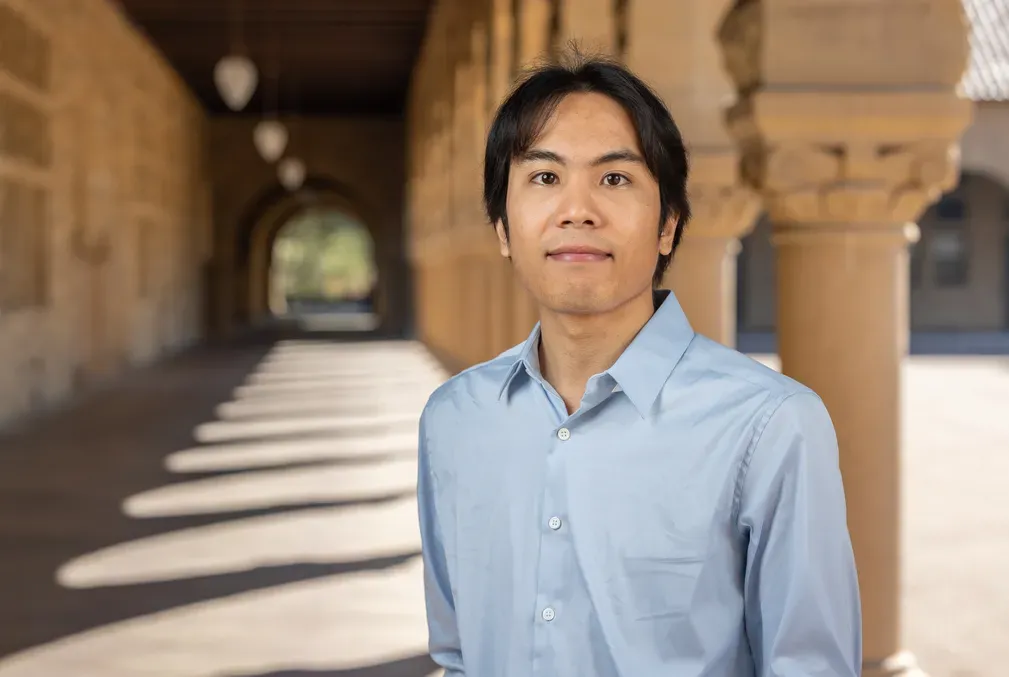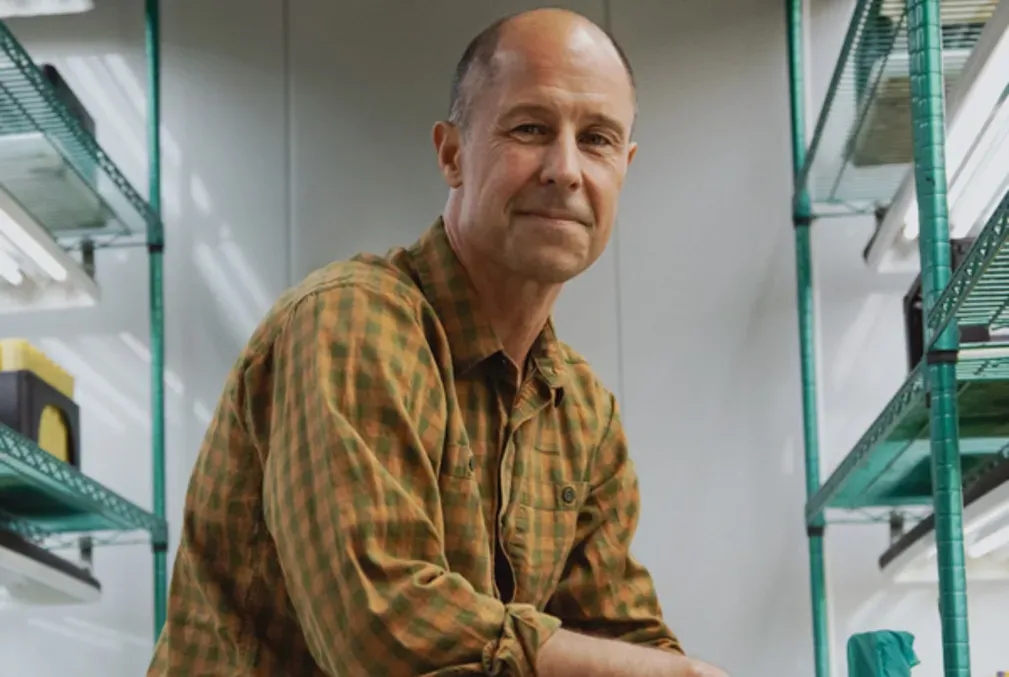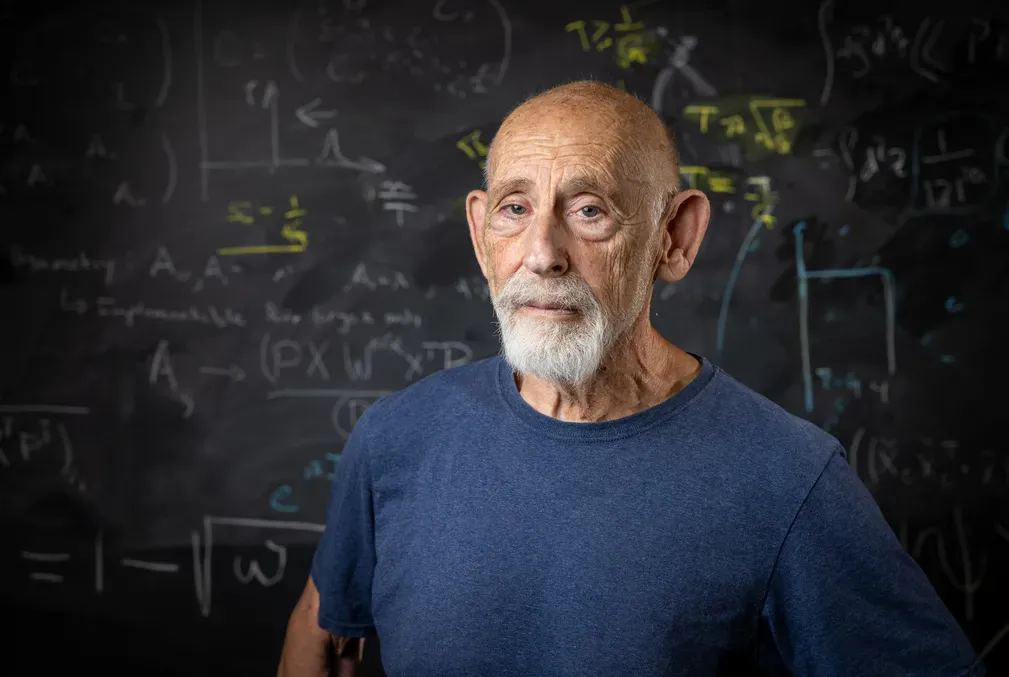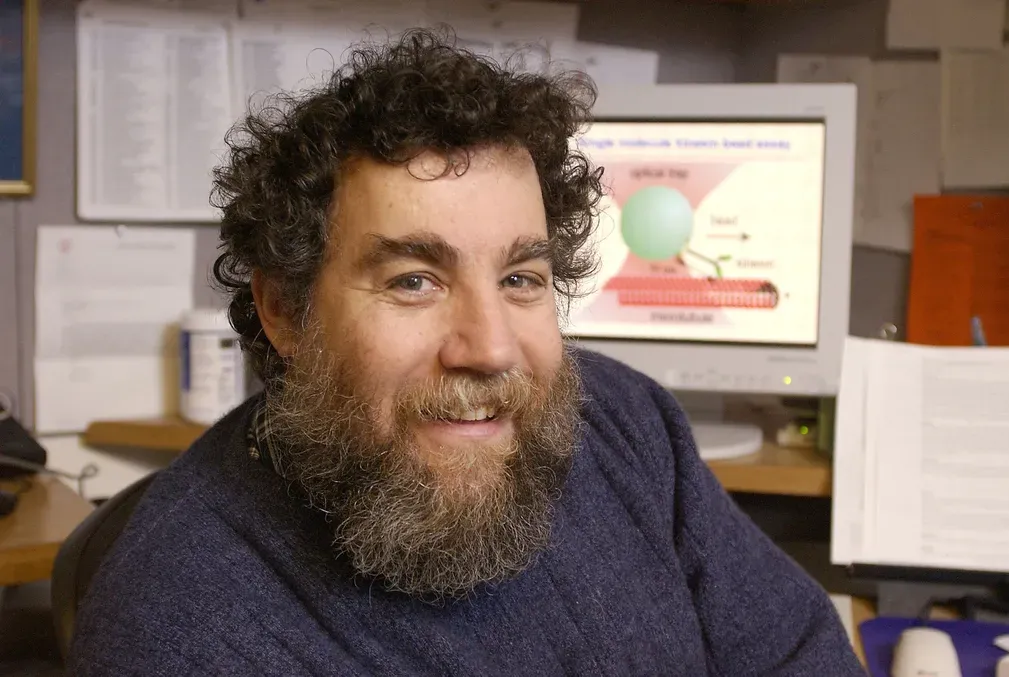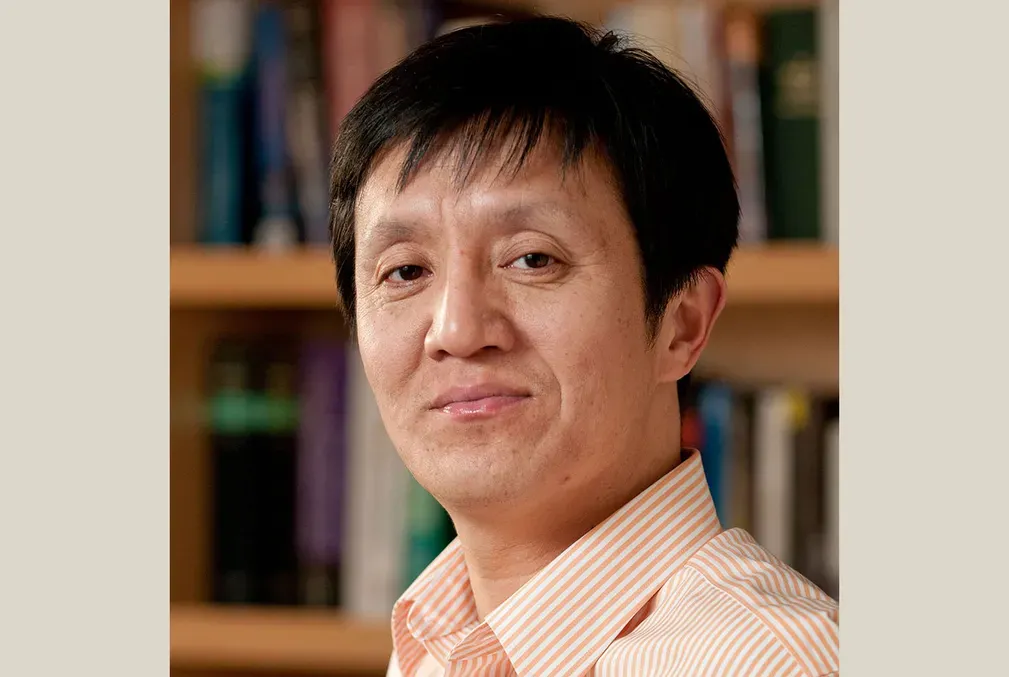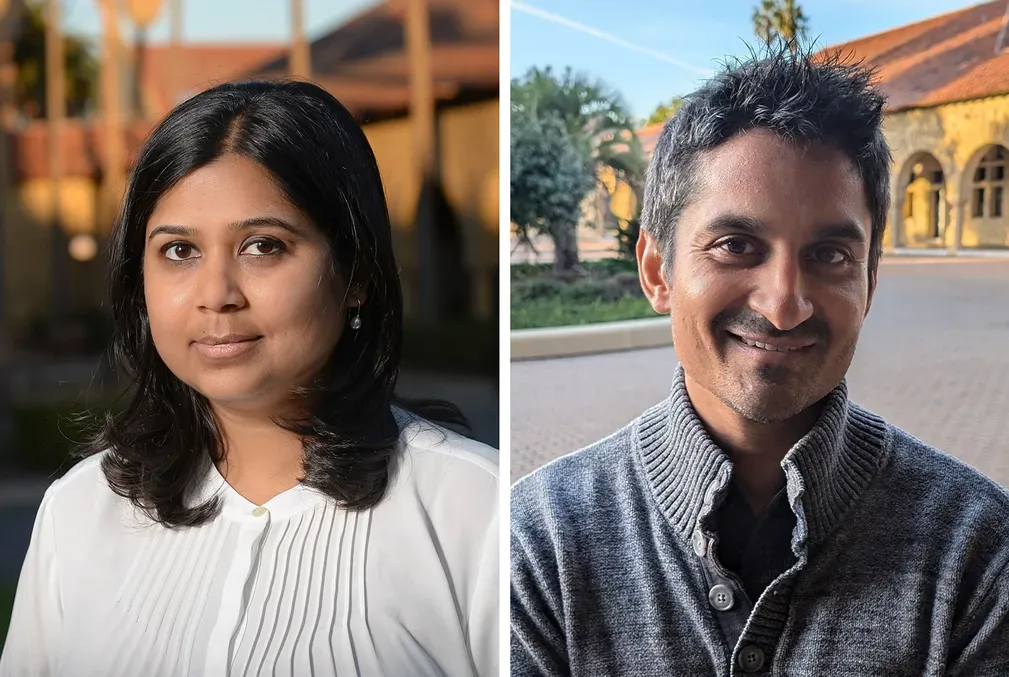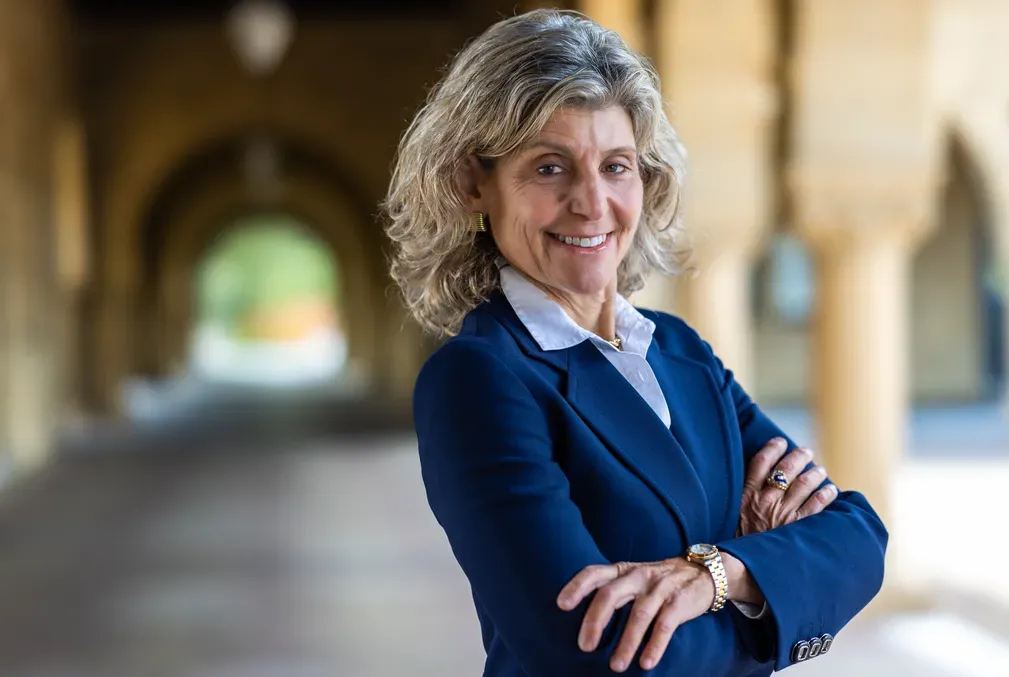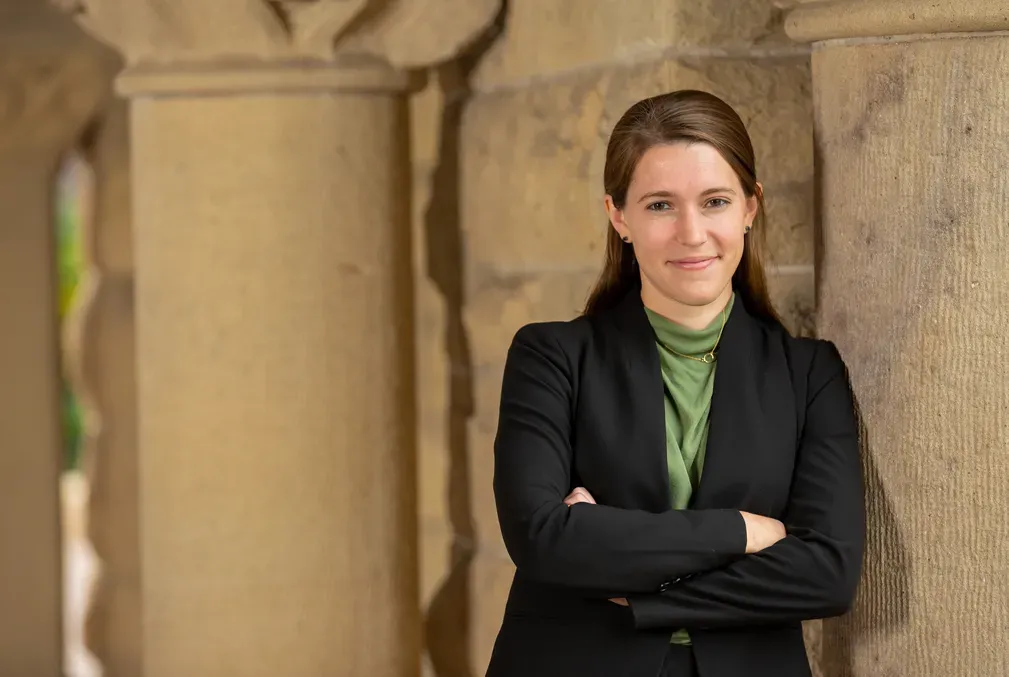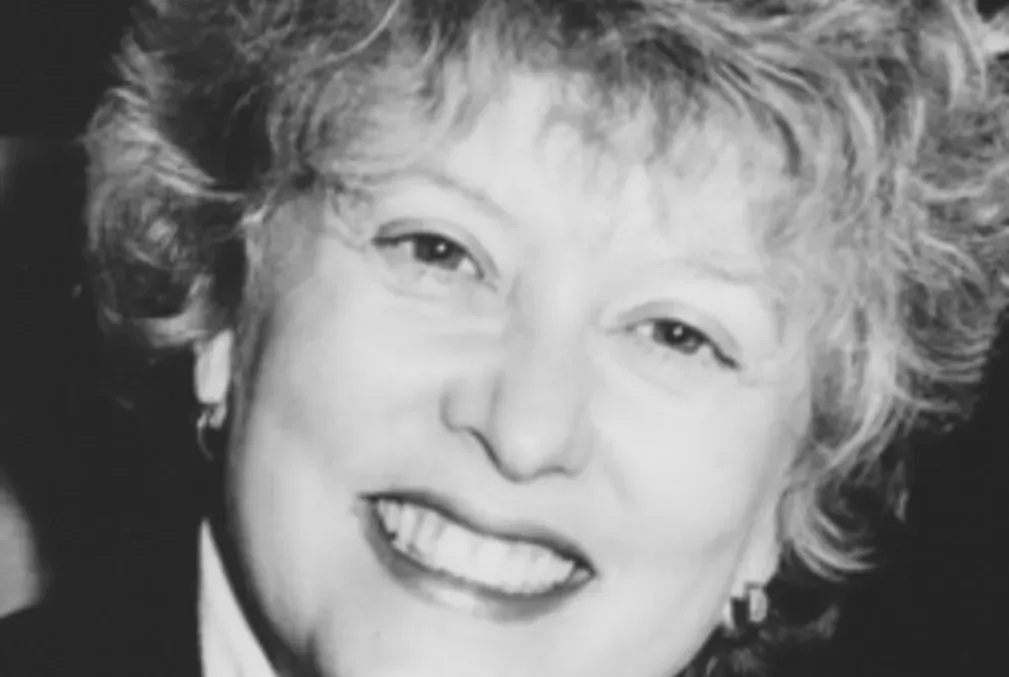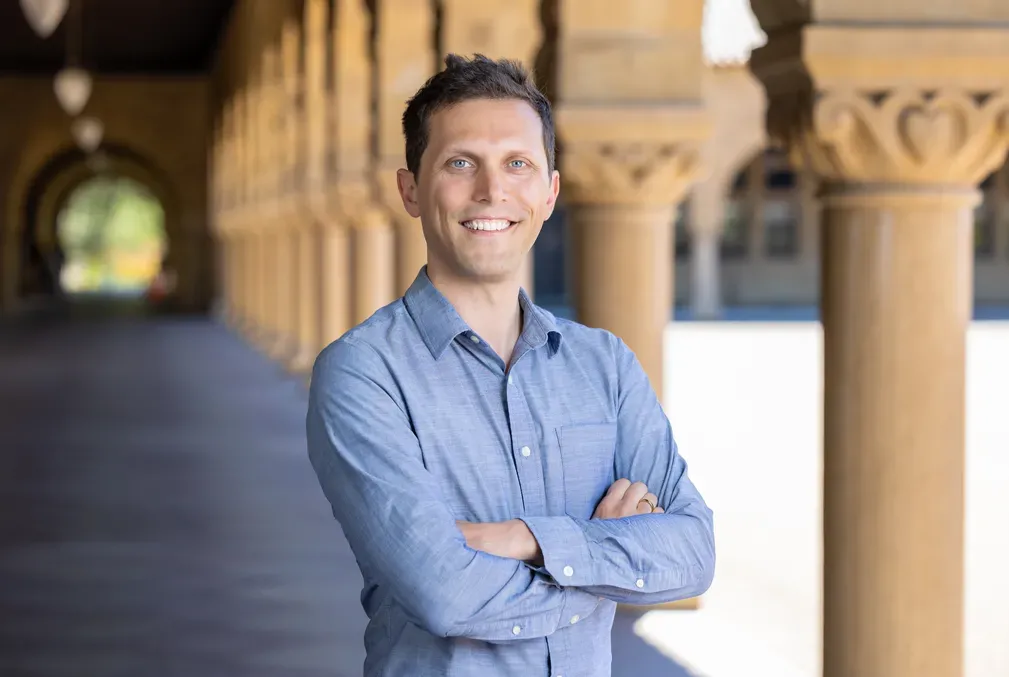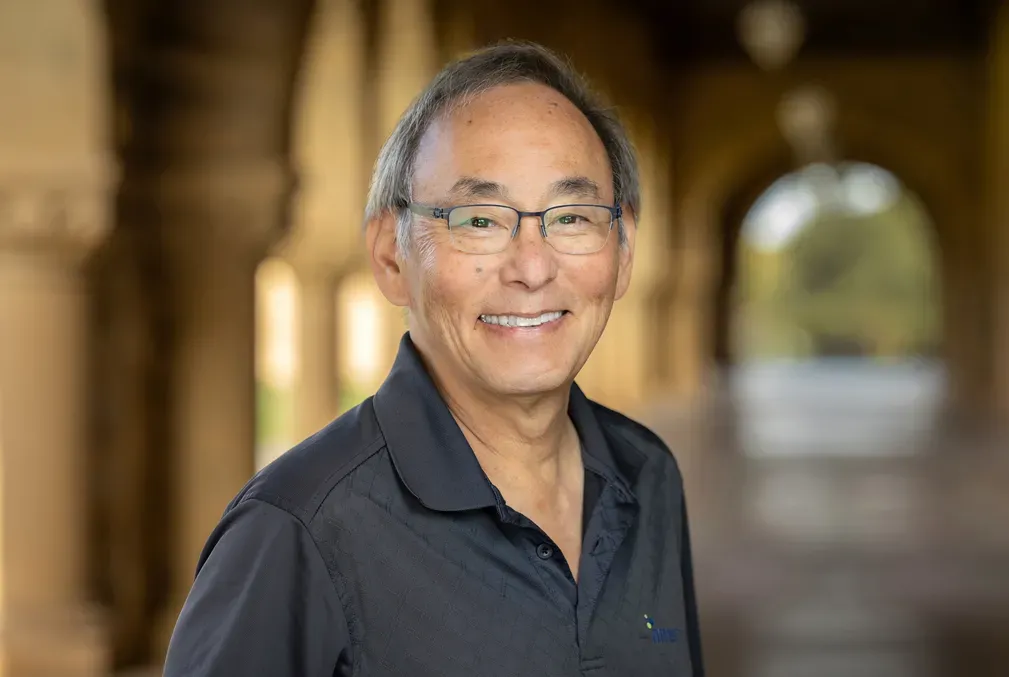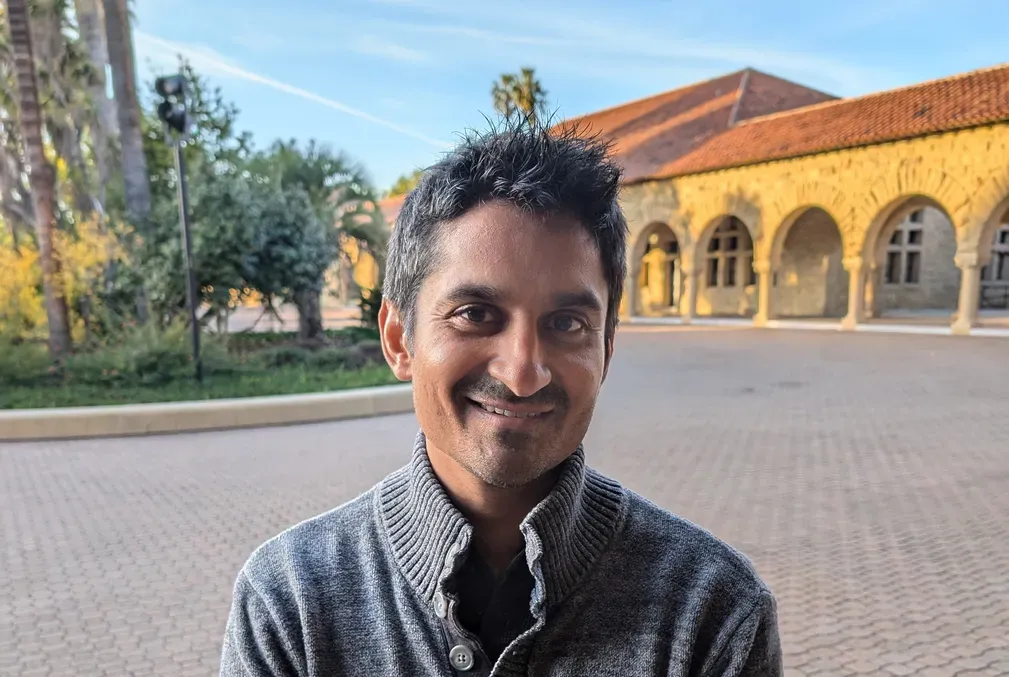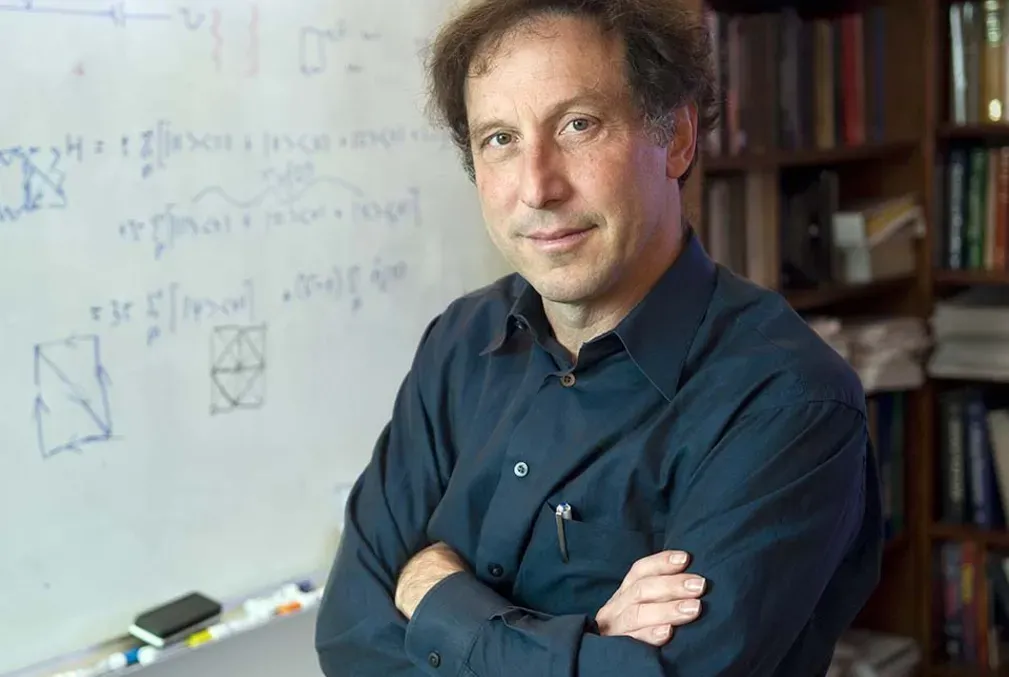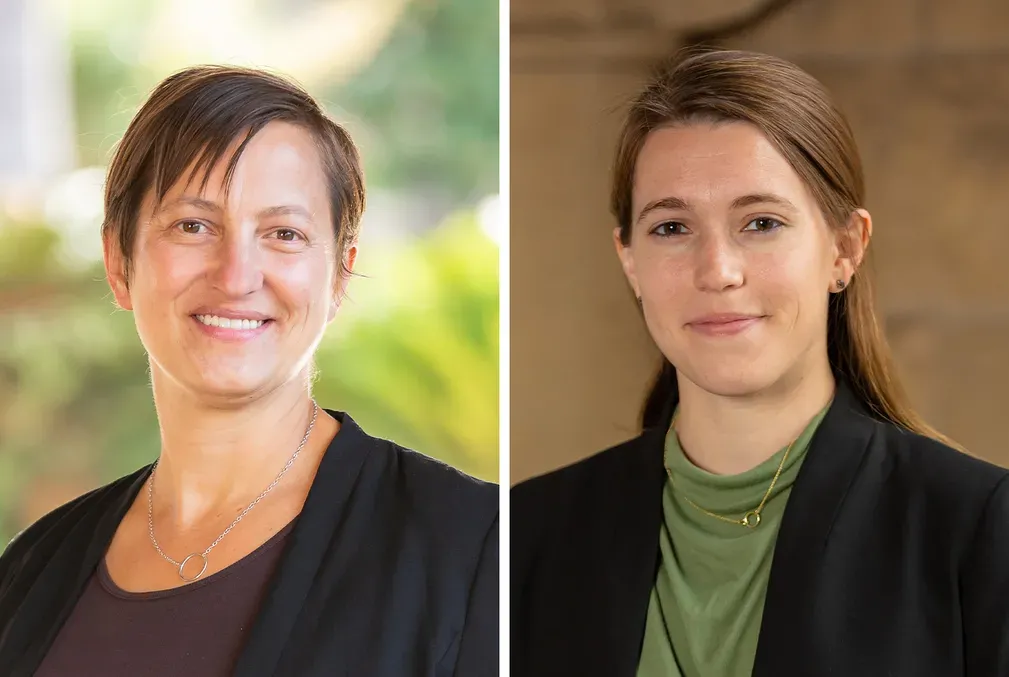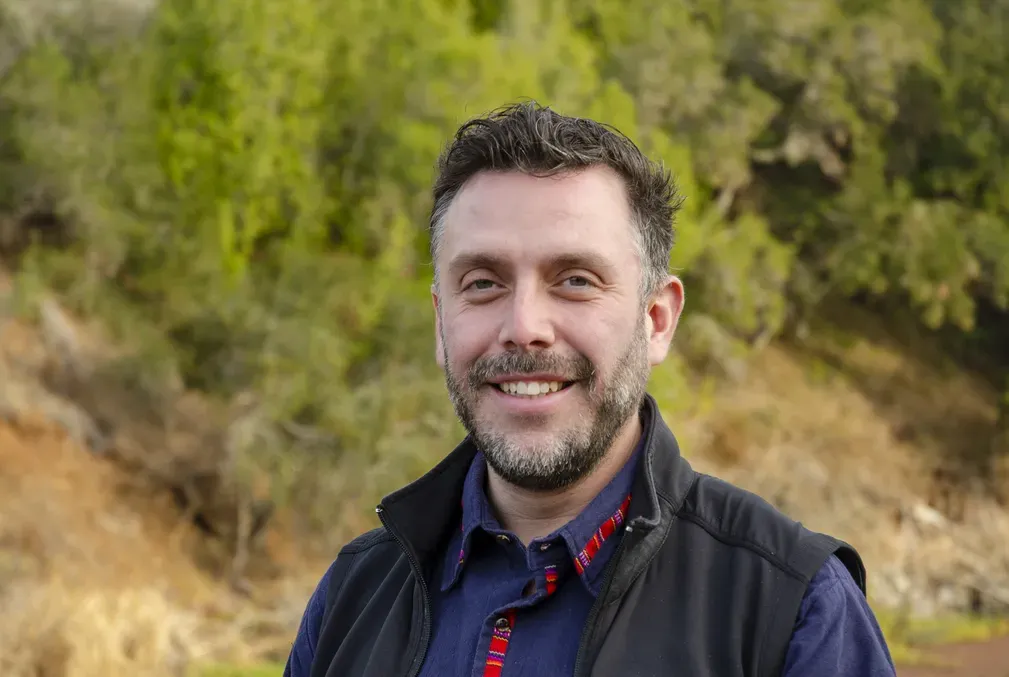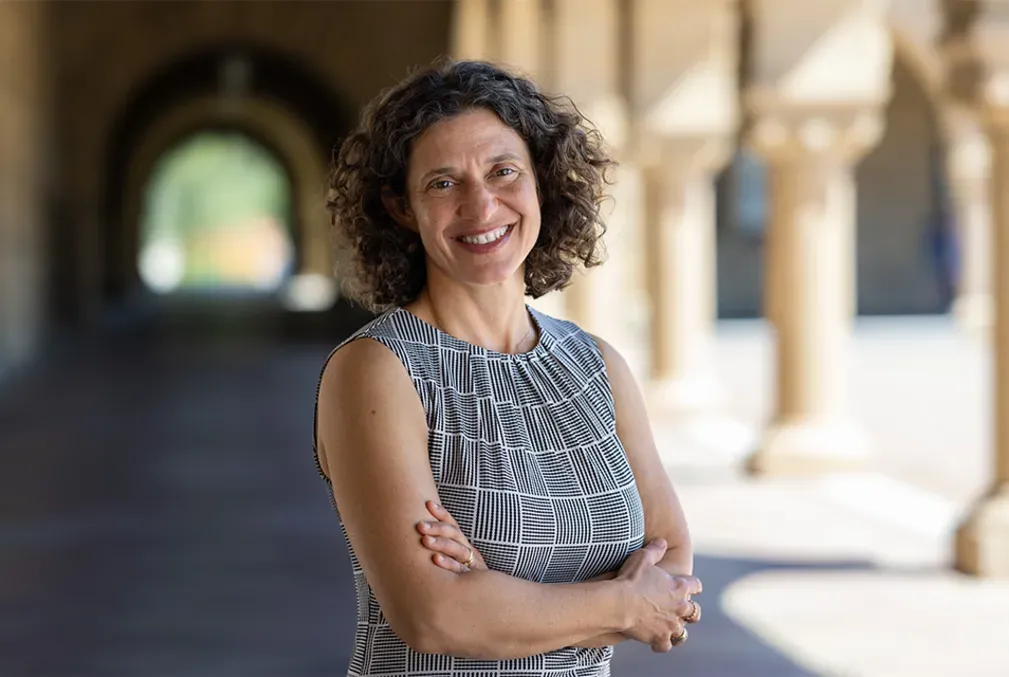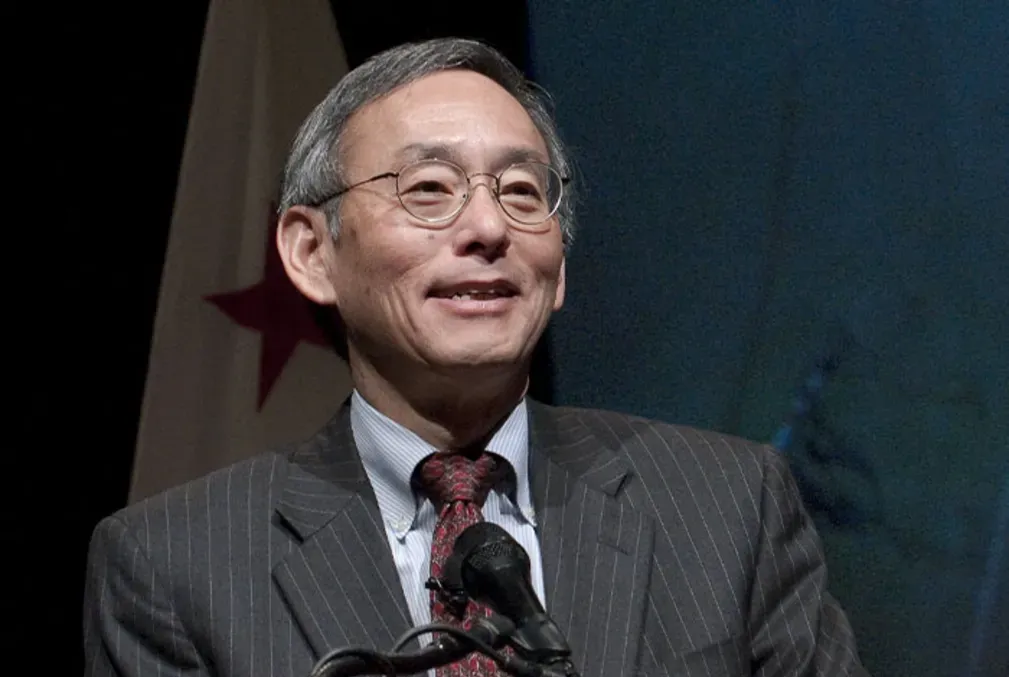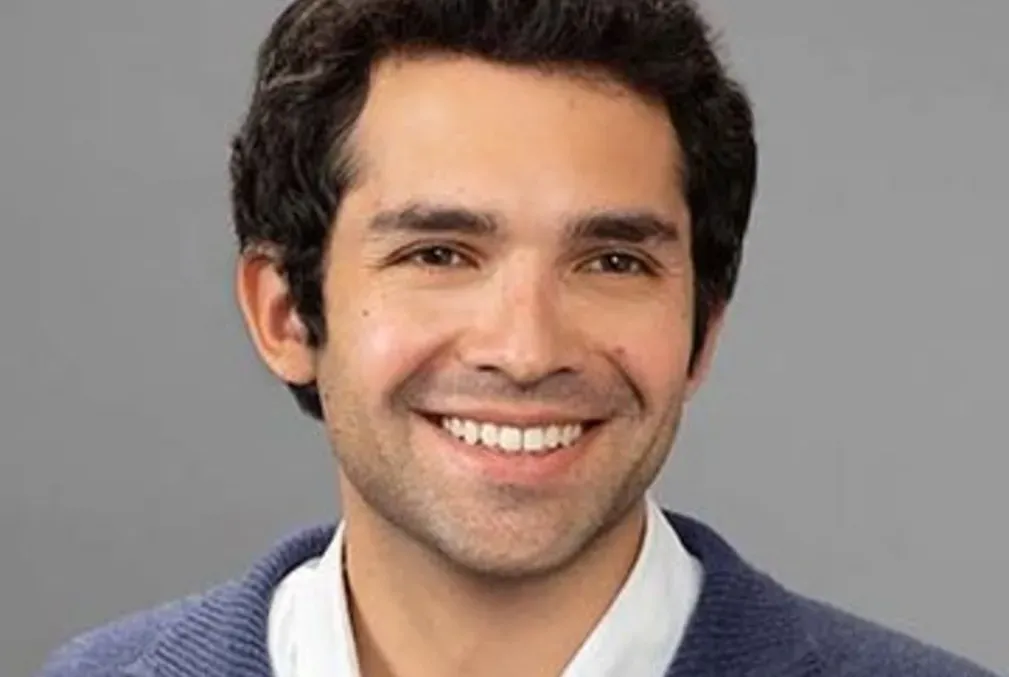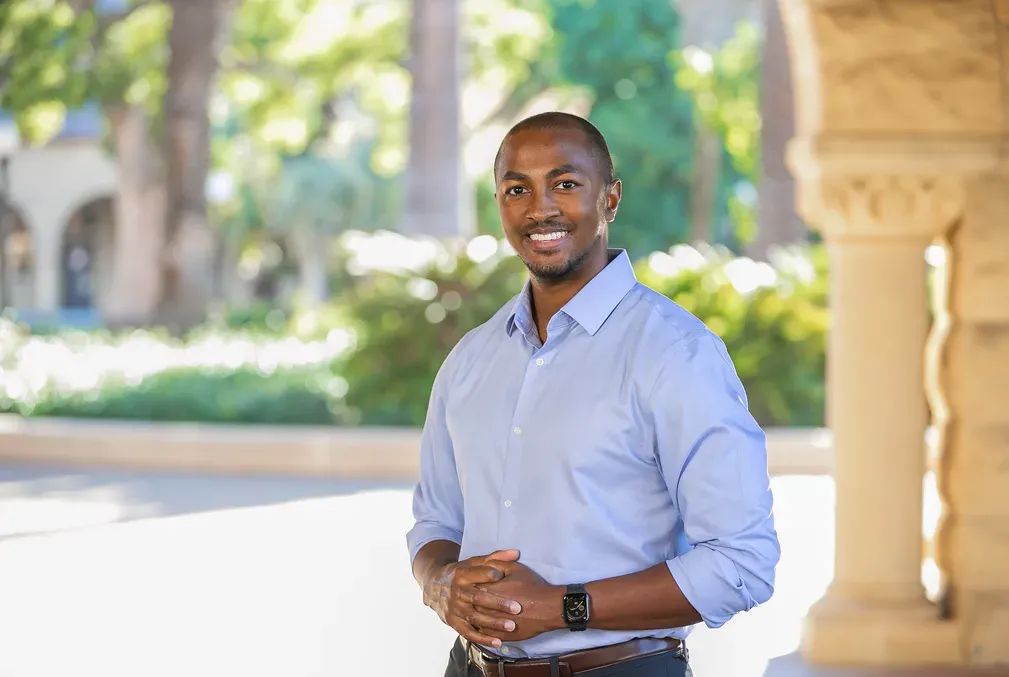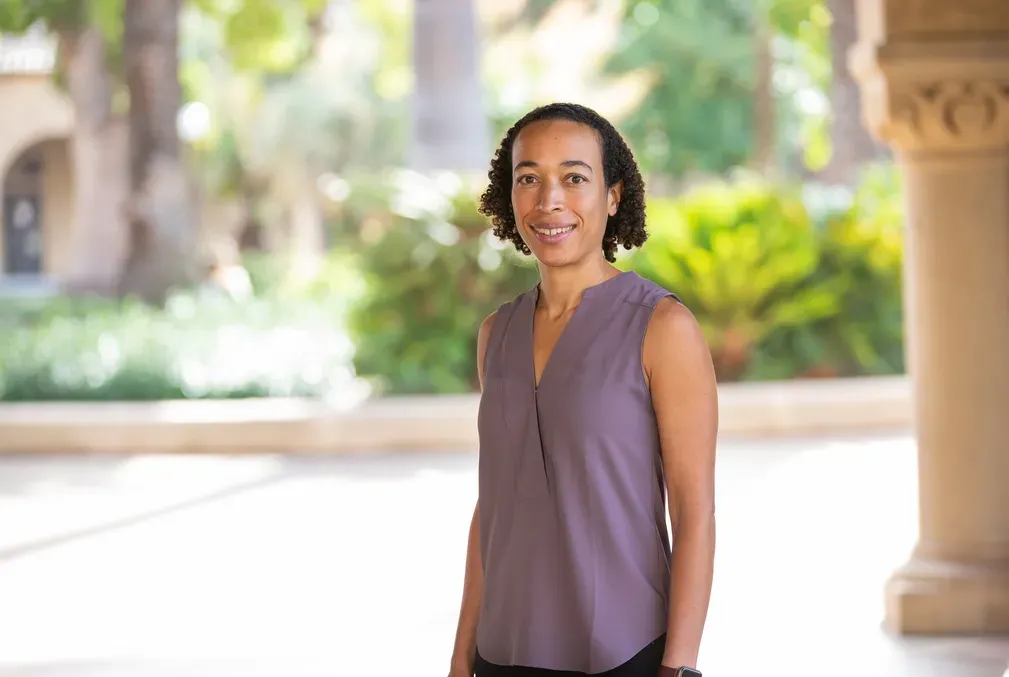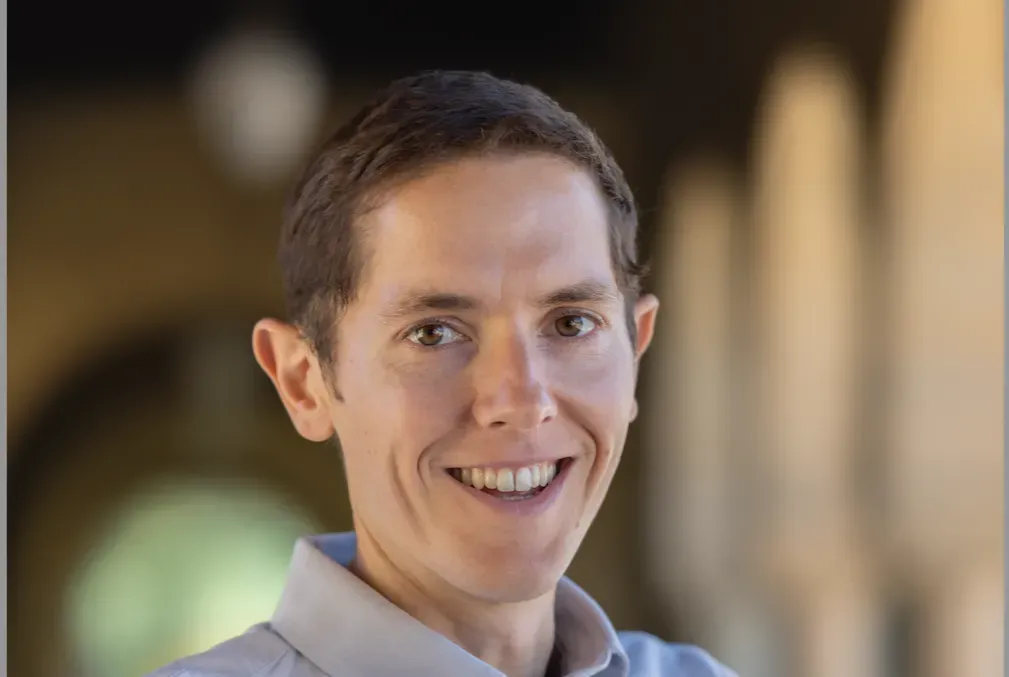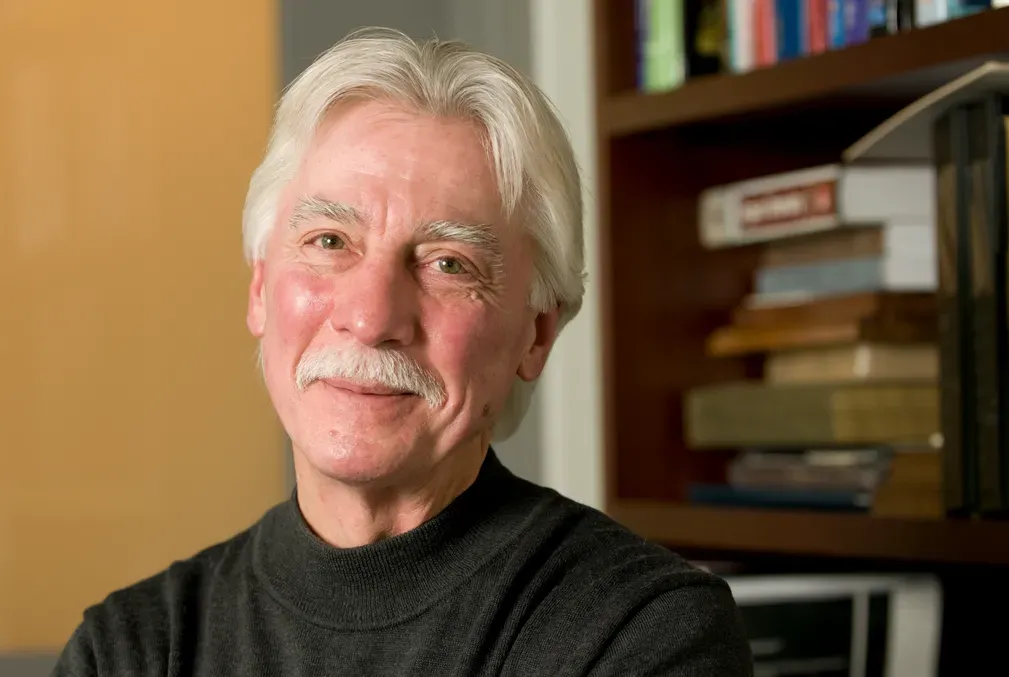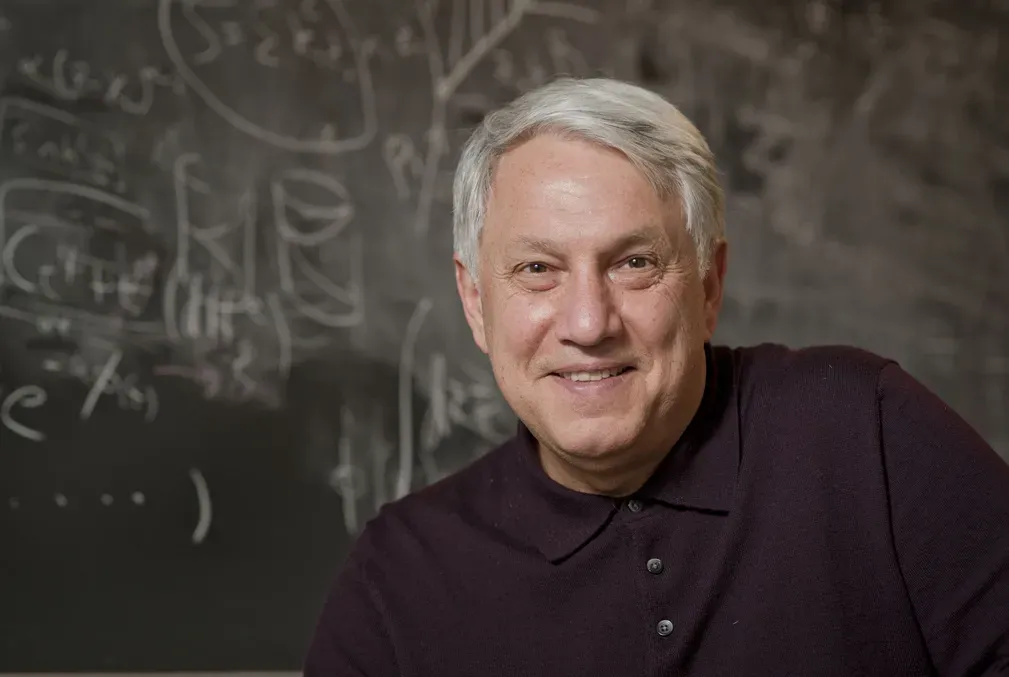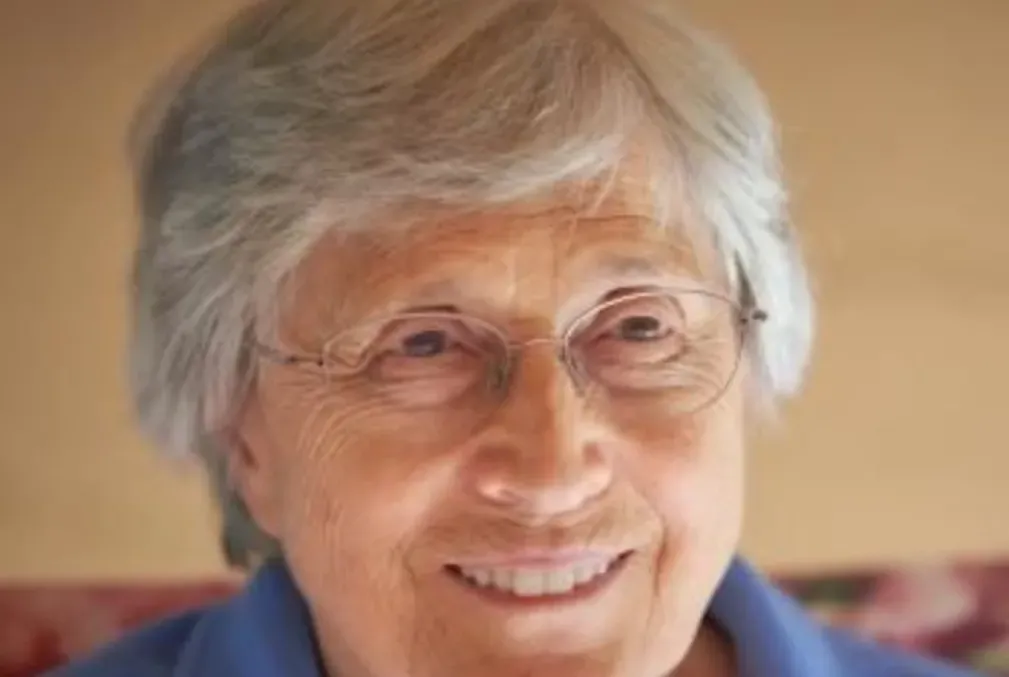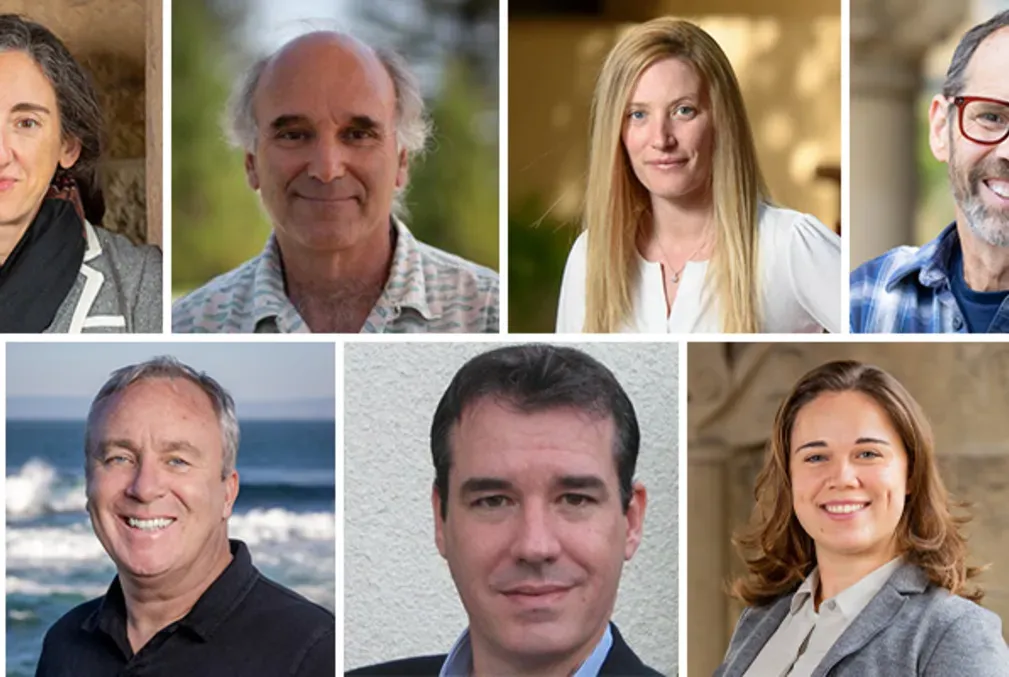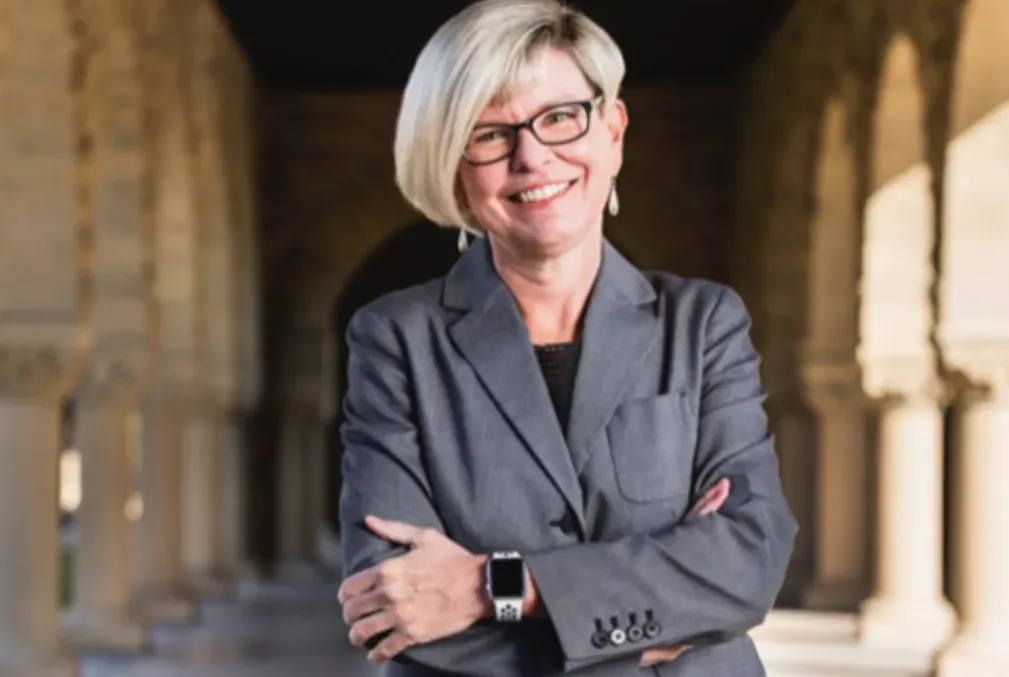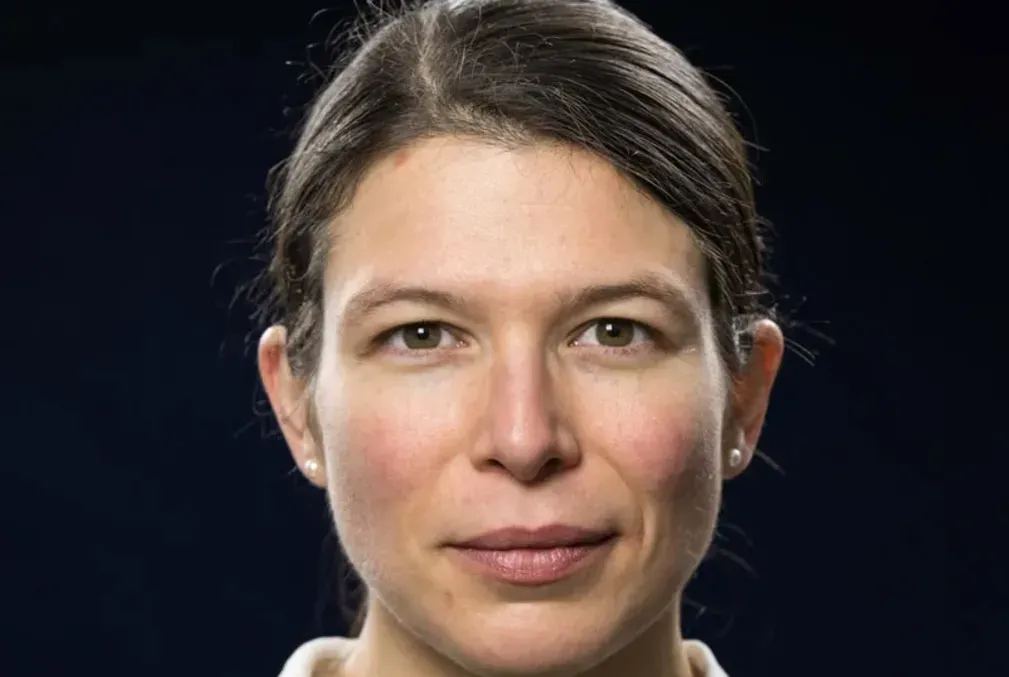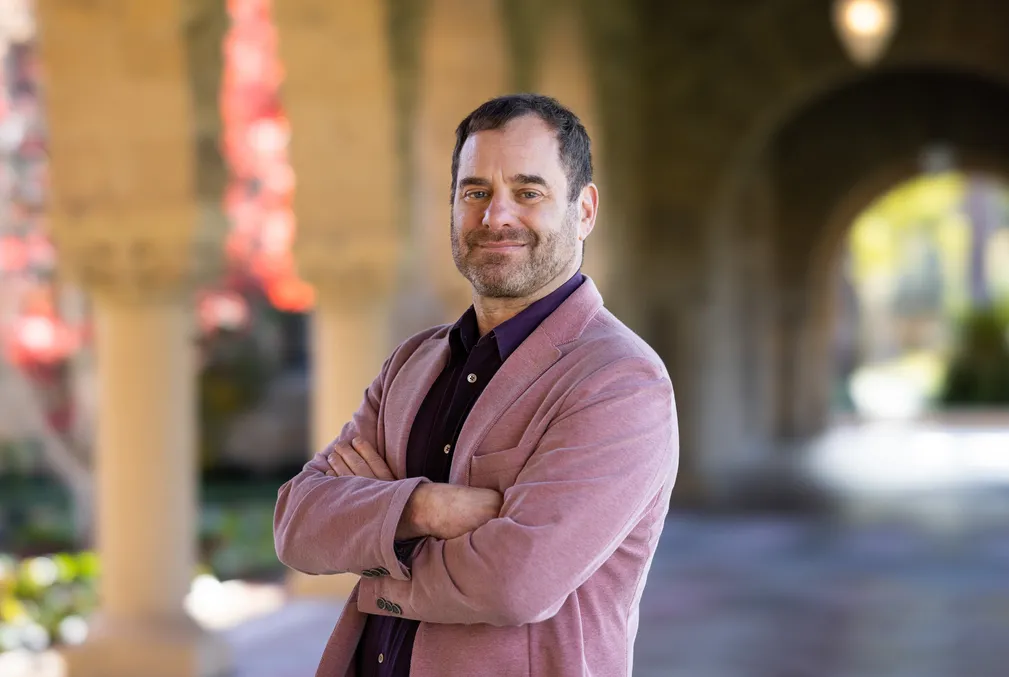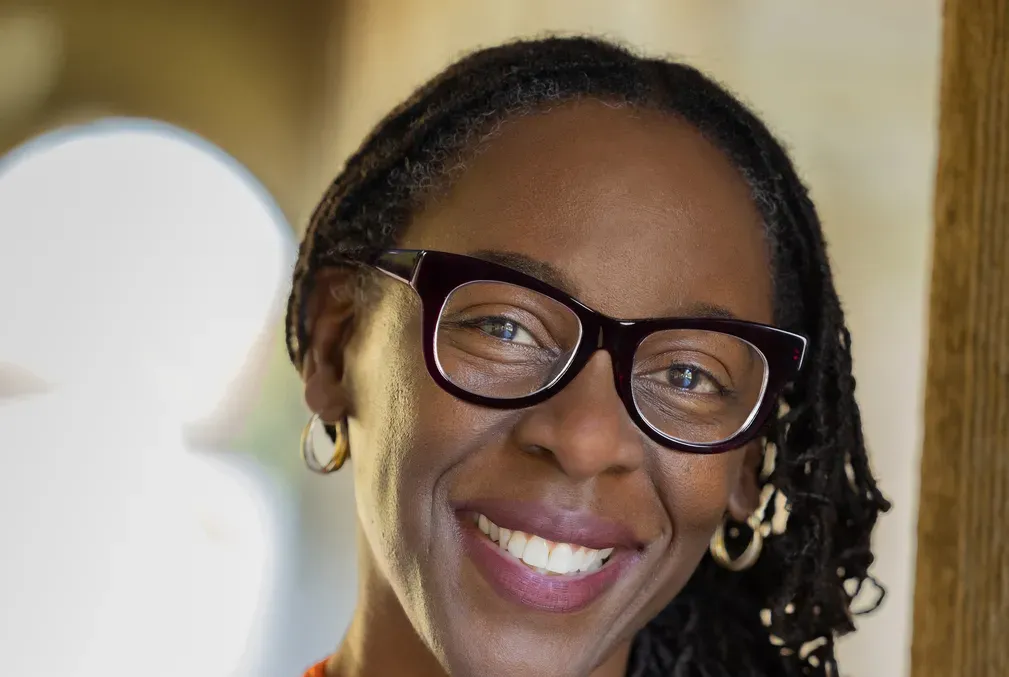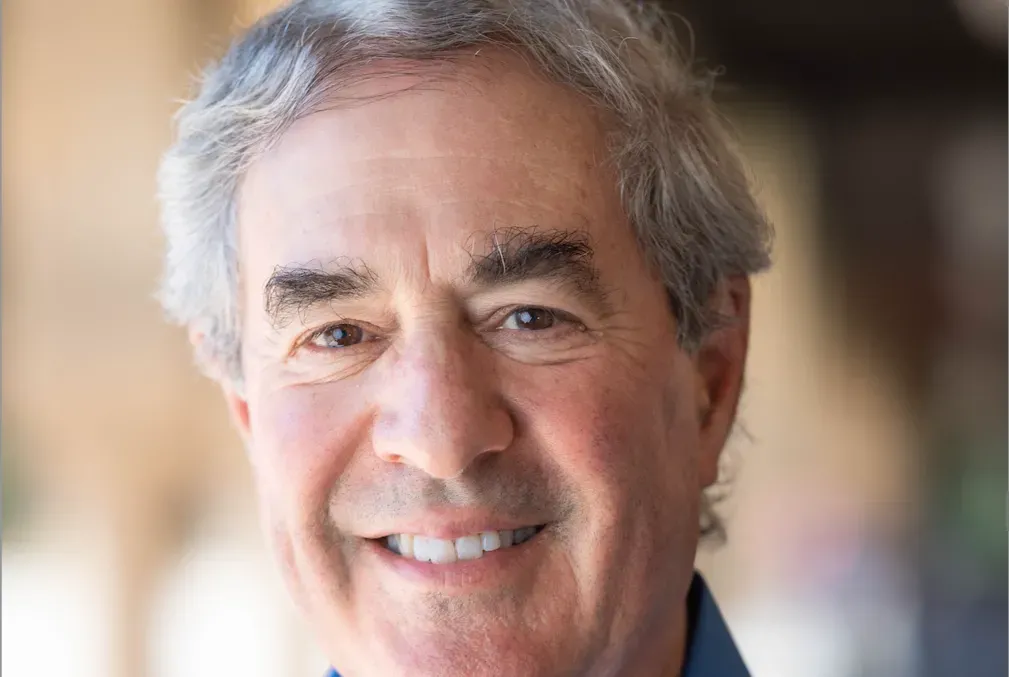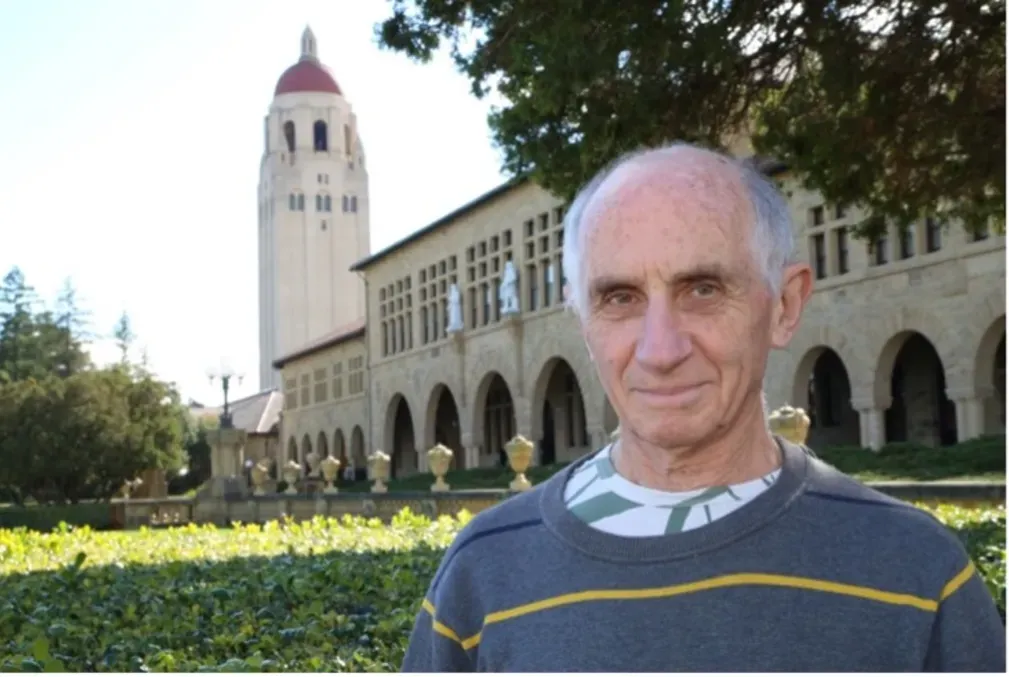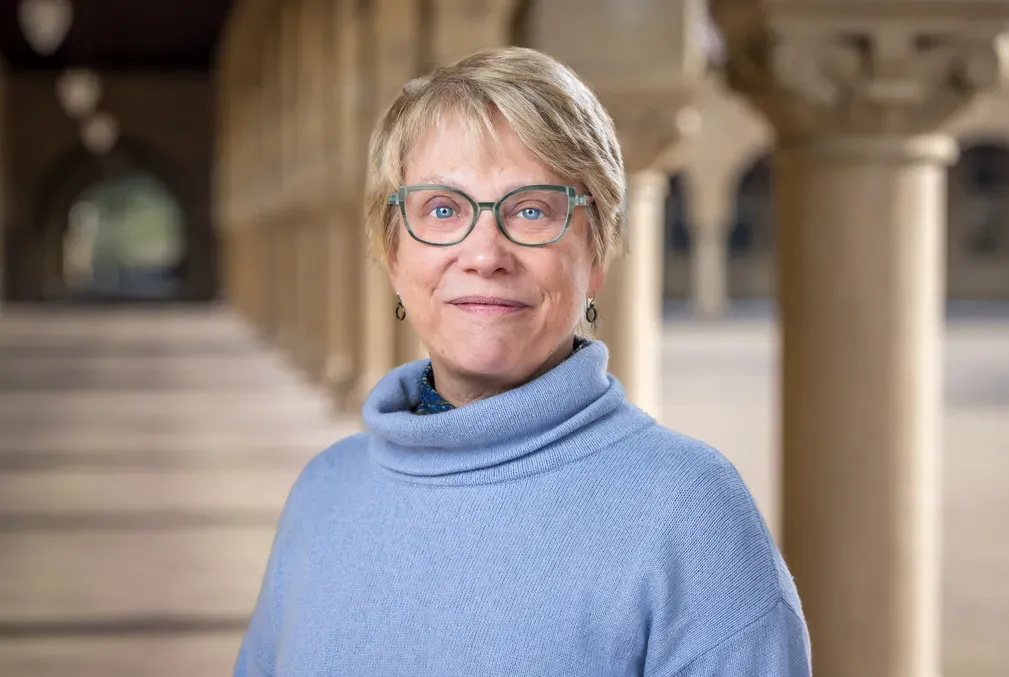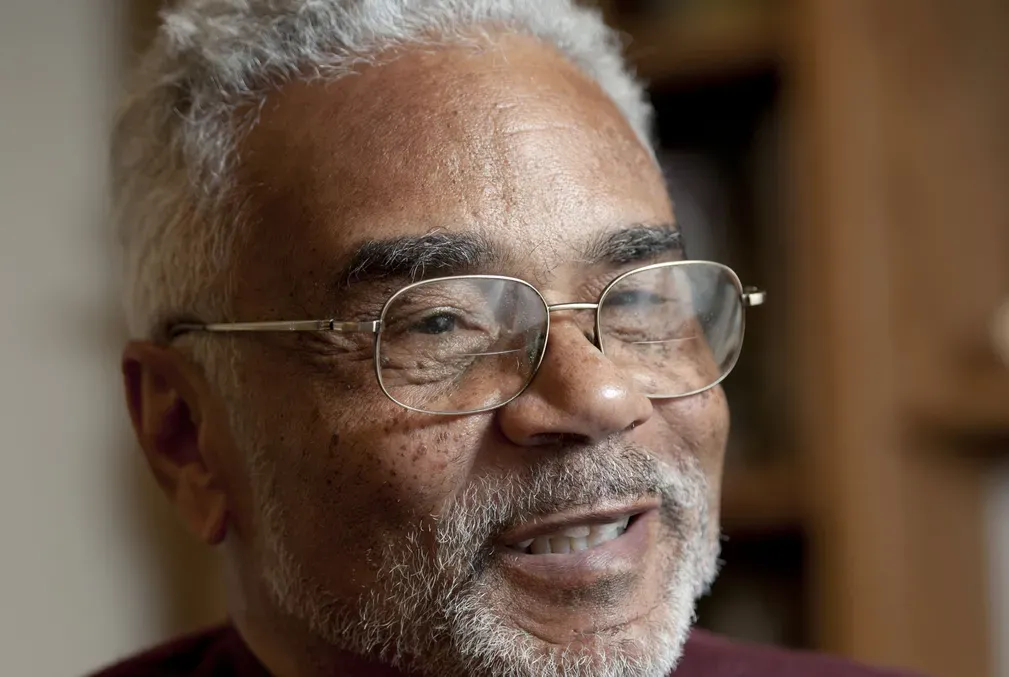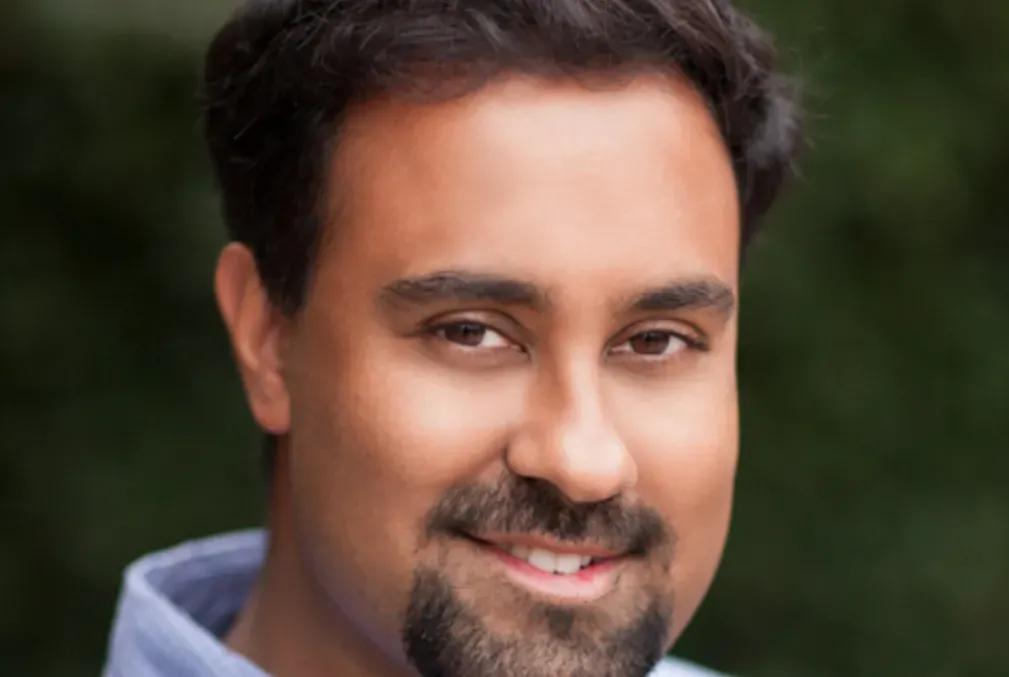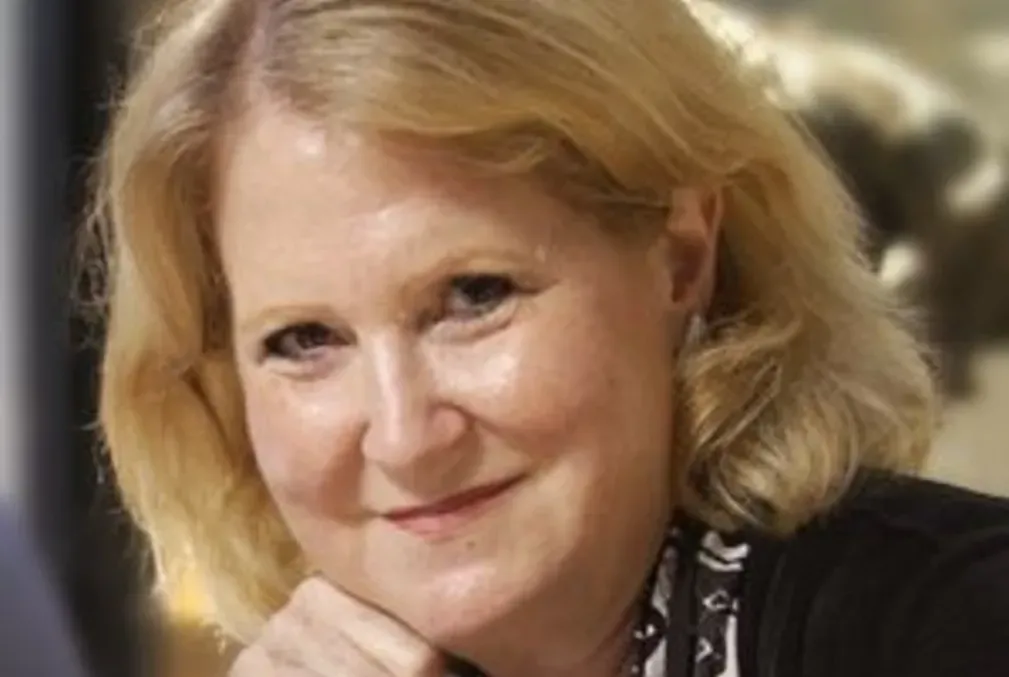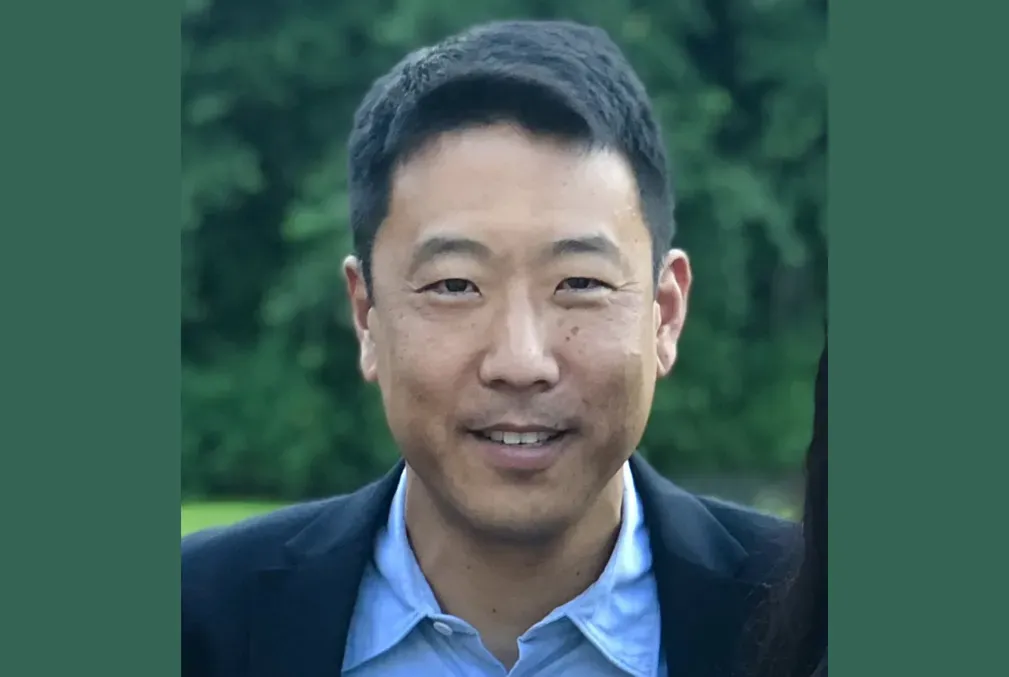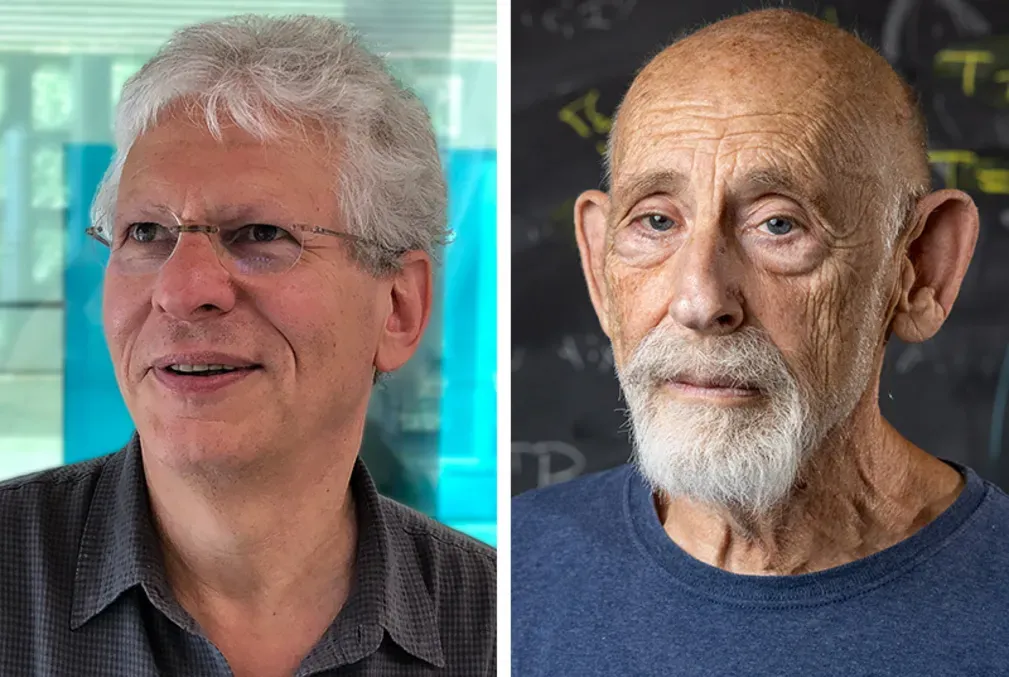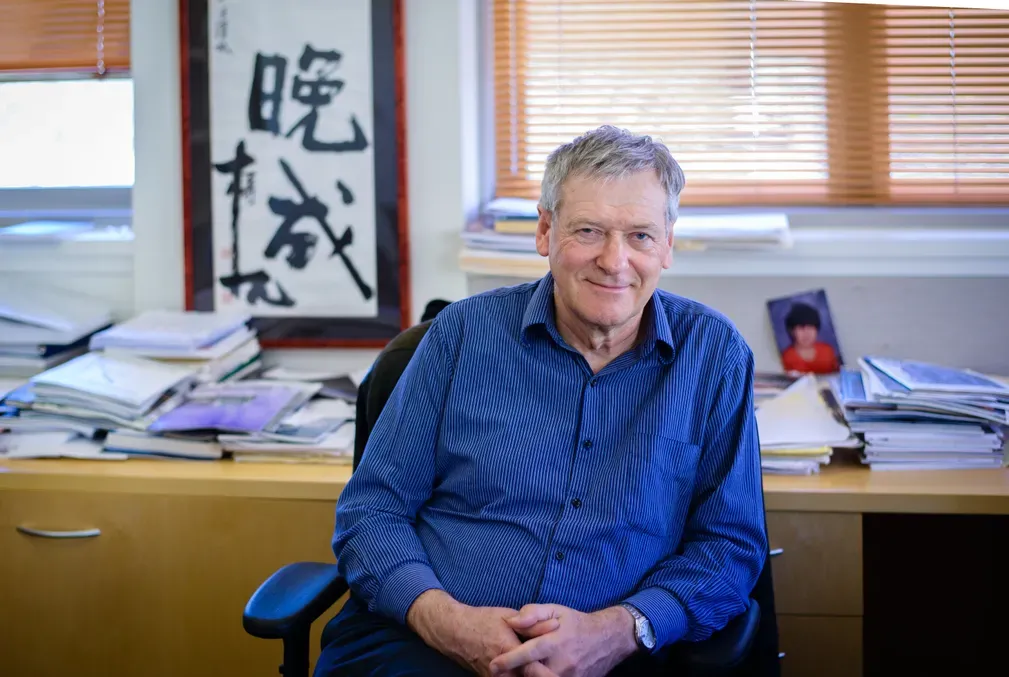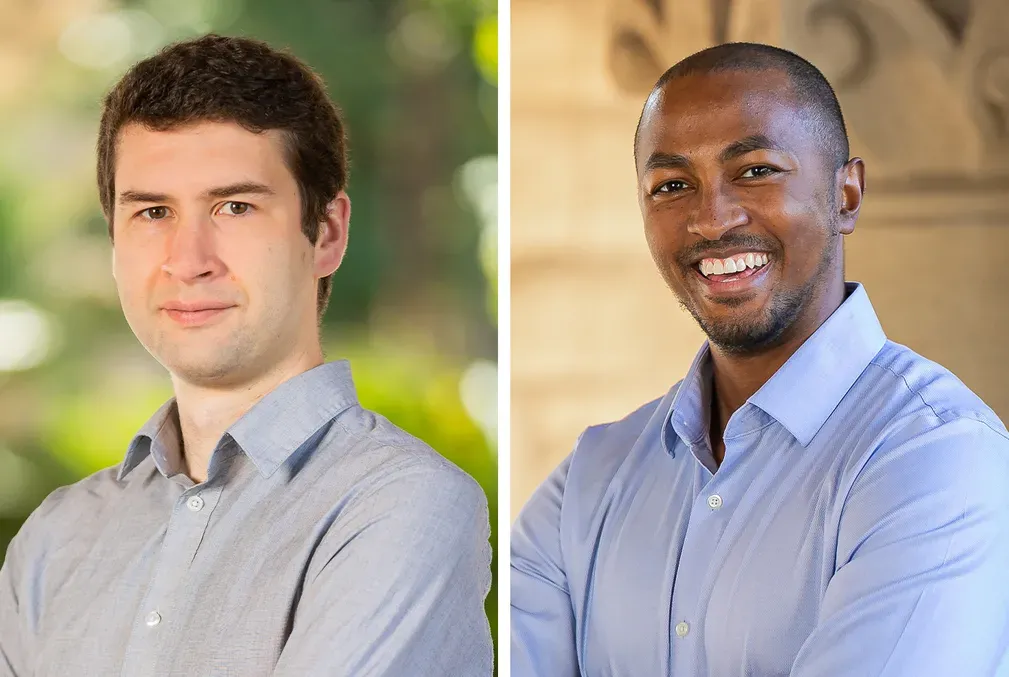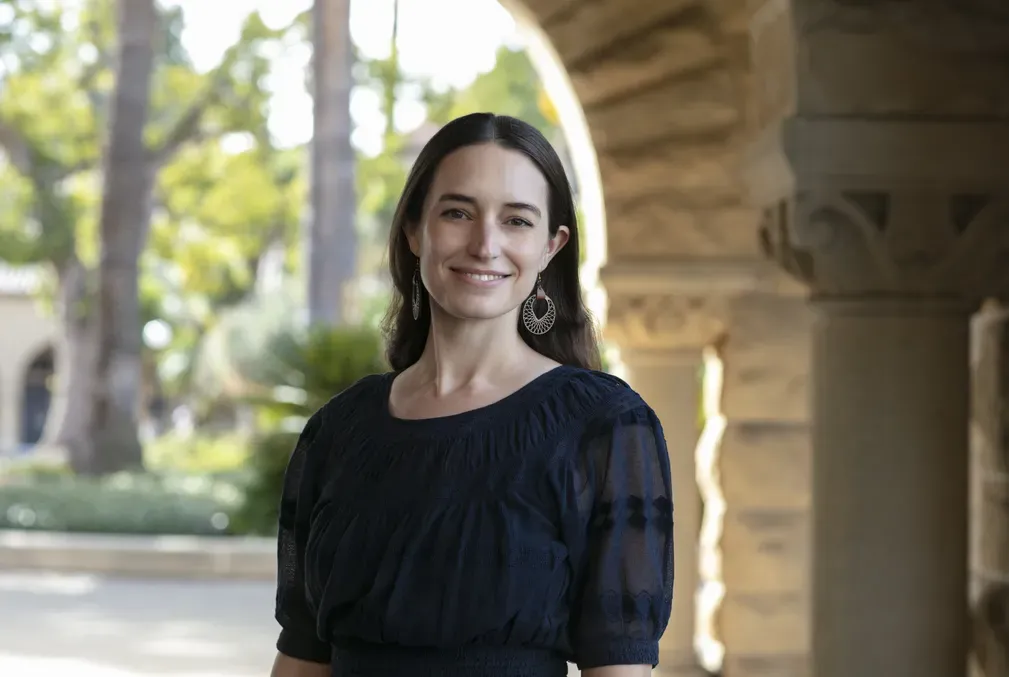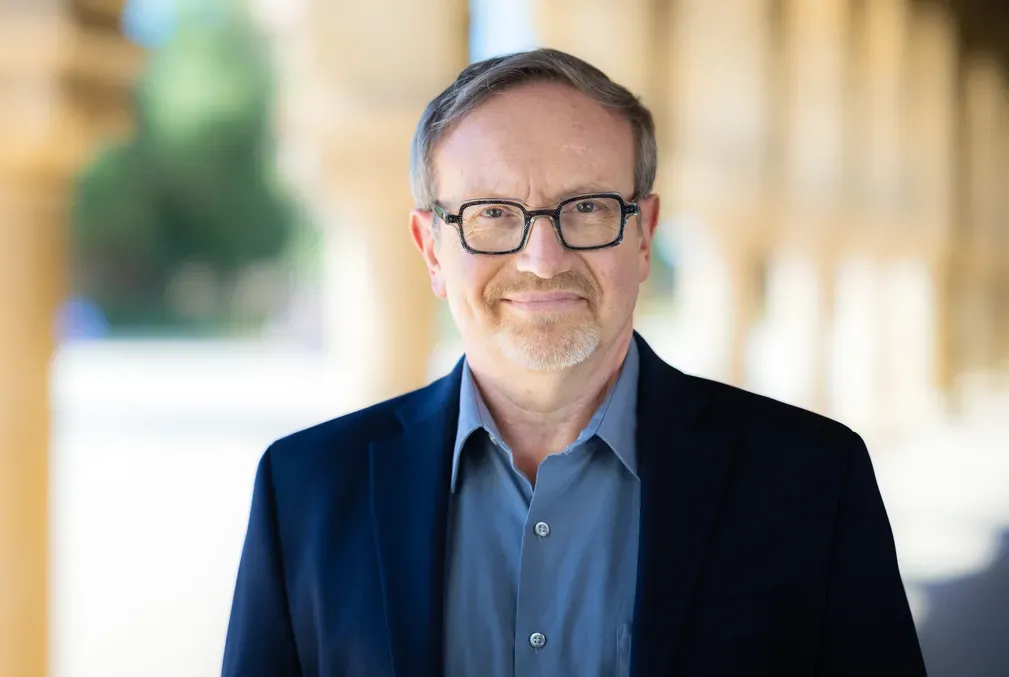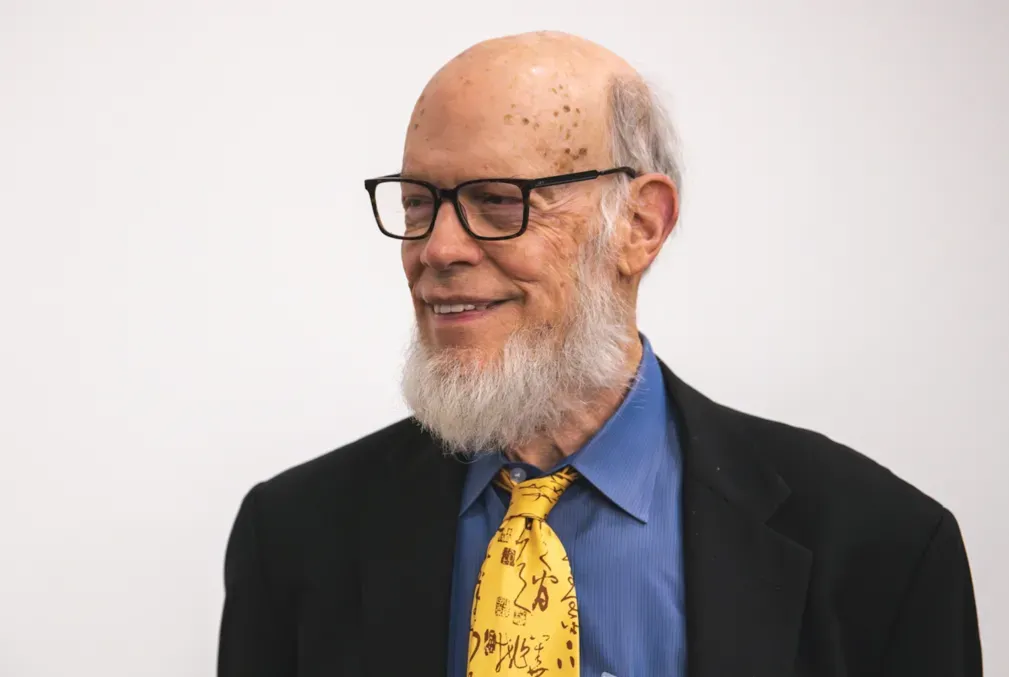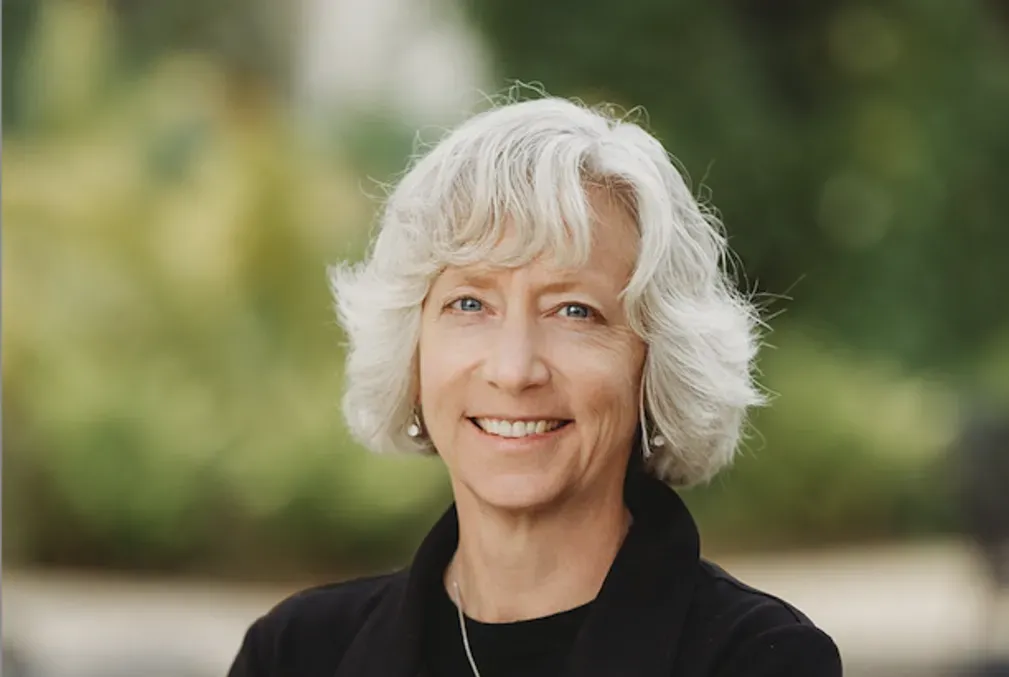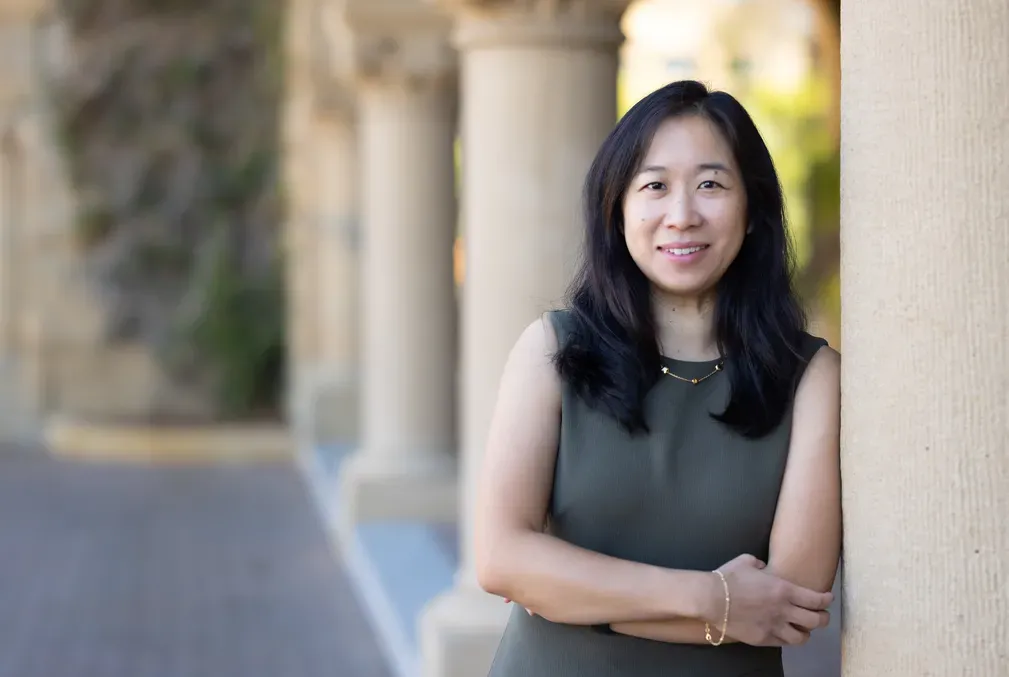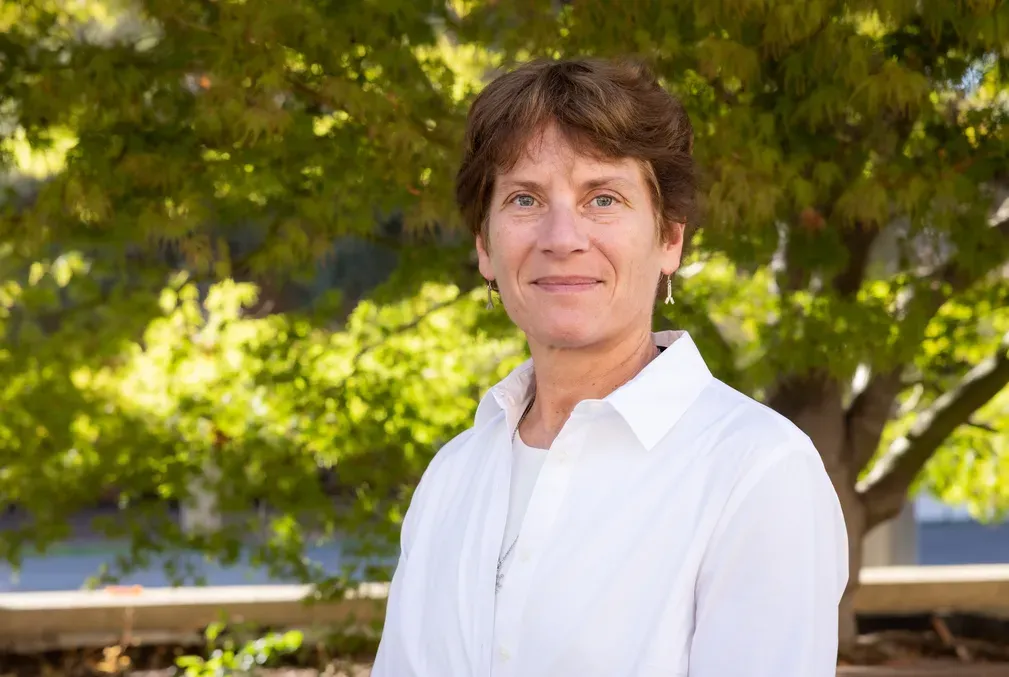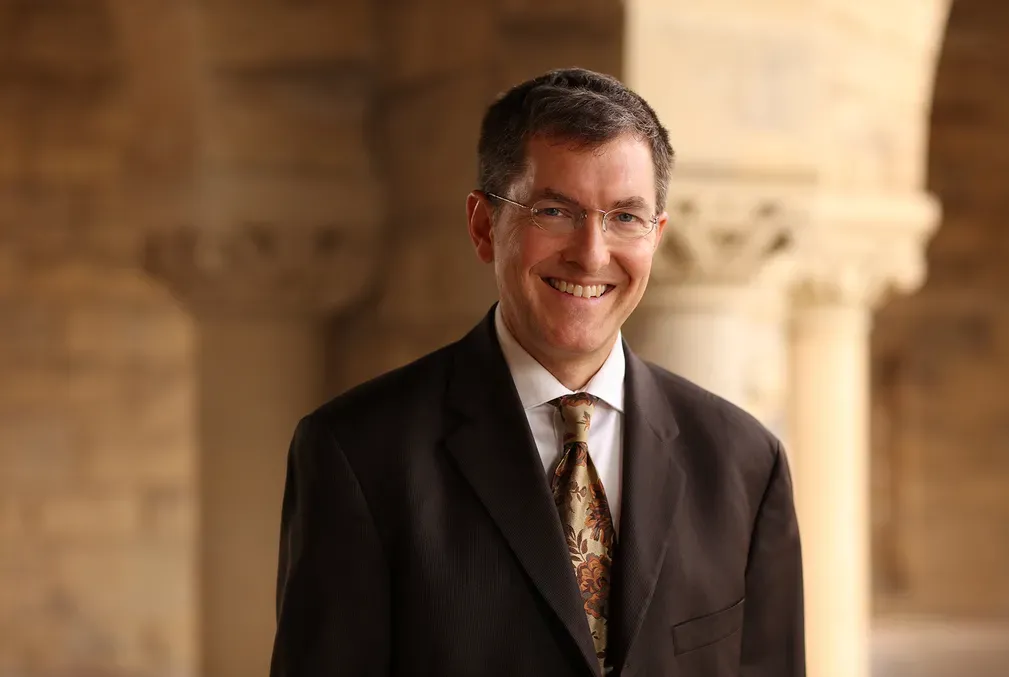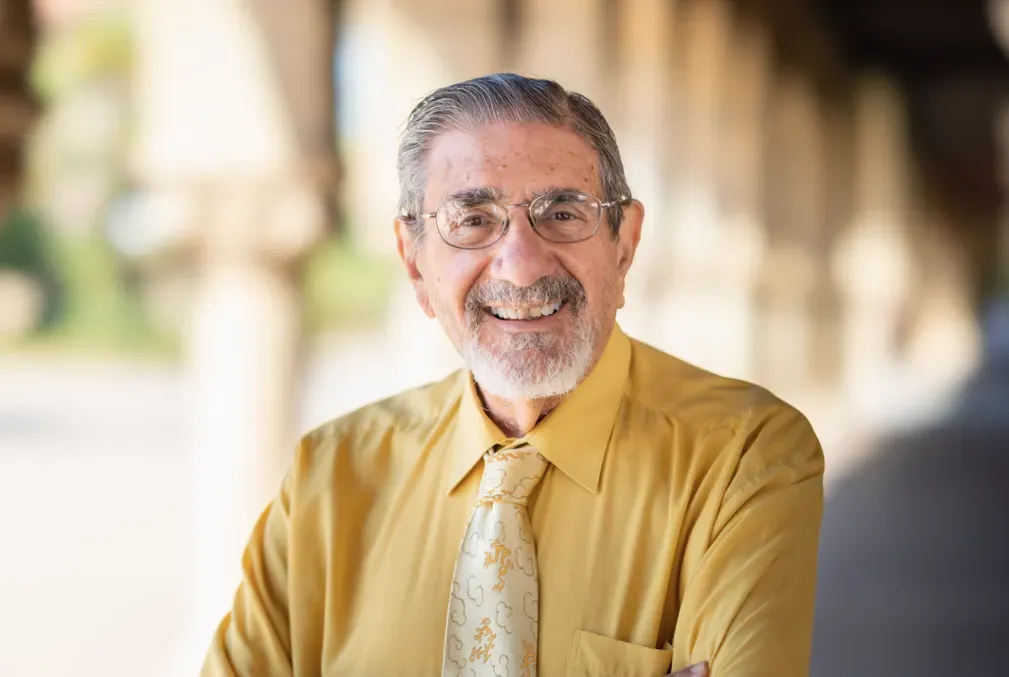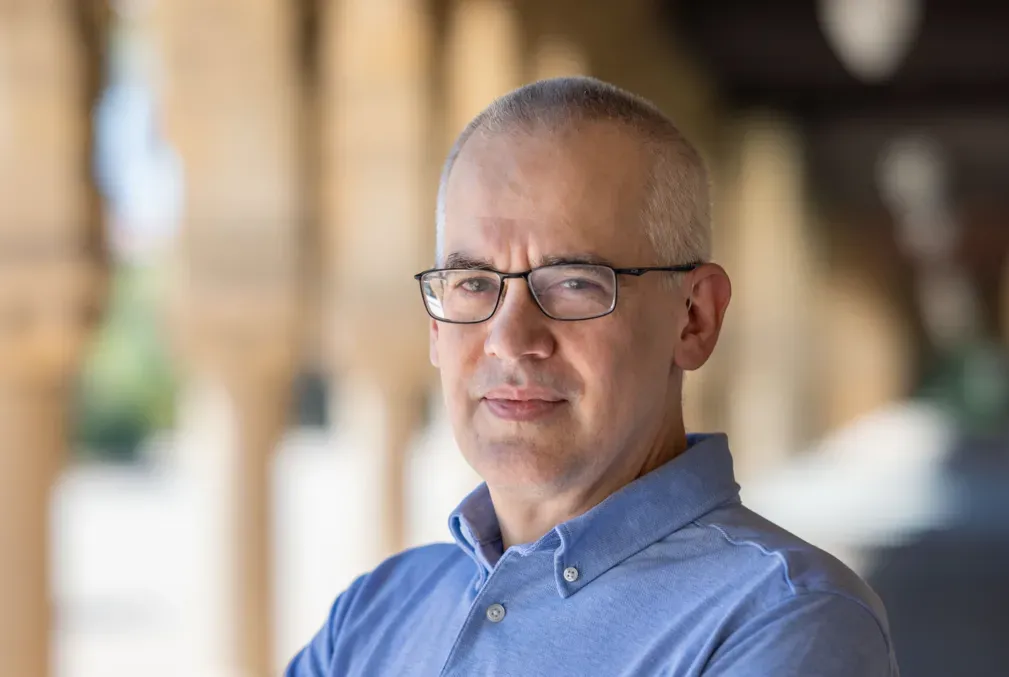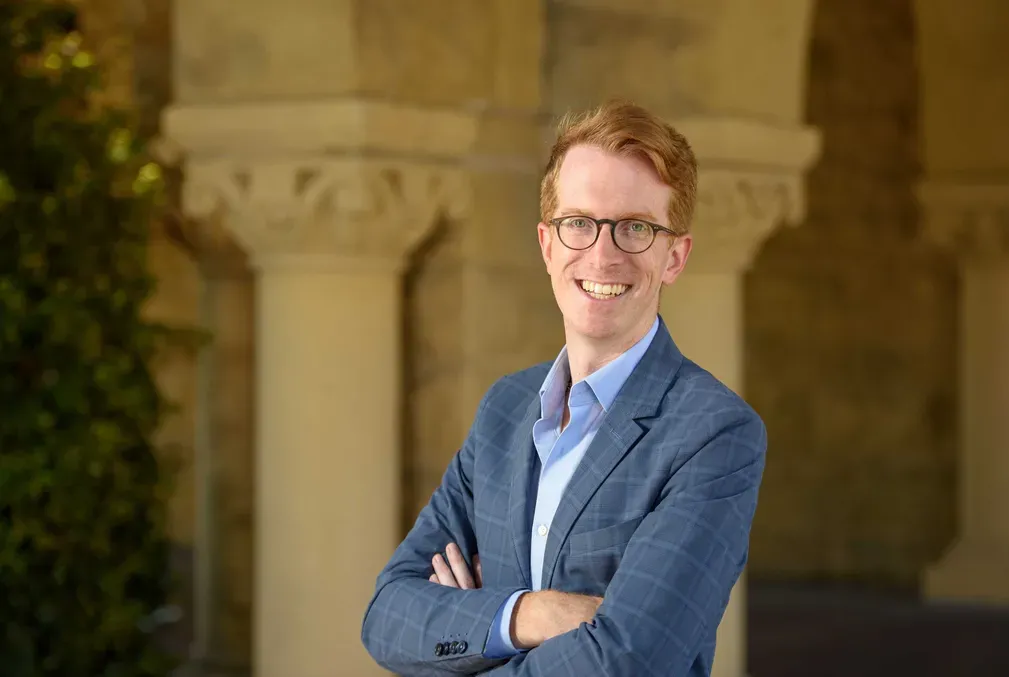Stanford physicist aims to create materials for next-generation superconductors
Applied physics Professor Harold Hwang is part of an international project that recently received a multi-million-dollar award to support the ambitious goal of creating superconductors that can operate at room temperature.
Room temperature is hot, at least in the world of superconductors. Superconductors are “super” because they can transmit power without any loss of energy, but since they rely on the behavior of electrons in a quantum state, they have to be cold—really cold—to work.
An international project seeks to create new superconductors at room temperature by advancing the field of quantum geometry. If this goal is achieved, it could transform everything from computers to power grids.

The Kavli Foundation, Klaus Tschira Foundation, and philanthropist Kevin Wells joined together to make this multi-million-dollar award to launch the project, called QG3D since it aims to apply quantum geometry to 3D materials. The project team includes the advanced material expertise of Harold Y. Hwang, professor of applied physics in Stanford’s School of Humanities and Sciences and professor of photon science at SLAC National Accelerator Laboratory.
“It's fantastic that with this award we have the opportunity to go after this ambitious goal,” said Hwang, who is also the director of the Stanford Institute for Materials and Energy Sciences. “What's unique about this consortium of private funding is their vision to use their resources to seed far-out-of-the box thinking and high-risk, high-reward endeavors.”
Quantum geometry is a theory that attempts to describe the shape or landscape of electrons in a quantum system, a challenging task since electrons in a quantum state behave like waves as well as particles. Quantum geometry is a developing field, but with this funding a team led by Päivi Törmä of Aalto University in Finland will first conduct more theoretical work, followed by material experiments with the ultimate goal of developing 3D materials that can be used in superconductors at regular temperatures.
Hwang will collaborate with the theorists in the group to conduct experiments to pursue and validate some of their ideas as well as develop new superconductive materials. His lab specializes in making very thin films, some just a few atoms thick, with superconductive properties. Hwang has been involved in the discoveries of materials with great potential in this area, including making a superconductive nickel-oxide material known as nickelate.
Traditional ways of conducting electricity, such as through metal wire in an appliance or a transmission cable in a power grid, tend to lose some energy in the transmission process. But if certain conducting materials are taken to very low temperatures, they can undergo a transition to superconductivity, allowing them to transmit energy without any loss.
The superconductivity transition was first discovered in 1911 in mercury at 4.2 Kelvin (about -452 degrees Fahrenheit). Since then, scientists have not only helped characterize the way electrons move in this state, but also started to develop new superconductive materials that can work at warmer temperatures—though still well short of room temperature.
One of those materials, niobium 3 tin, was discovered by the late Stanford physicist Ted Geballe and his colleague Bernd Matthias. It led to several new technologies including its current use in the well-known diagnostic tool the MRI.
Hwang, who does some of his work at the laboratory on campus named for Geballe, hopes to continue that legacy of foundational research that leads to major advances in this field, a goal shared by the QG3D project team and its funders.
"To make meaningful impact, it is often necessary to start with fundamental scientific research,” said Wells, one of the funders, who is a Stanford alum and the current executive director of the Stanford Institute for Theoretical Physics. “This collaboration will advance the fundamental understanding and application of quantum geometry concepts in quantum materials research and specifically in superconductivity. With a unique combination of expertise in materials synthesis, experimental analysis, theory, and machine learning, the collaboration is well positioned to make breakthroughs in next-generation superconducting materials.”
Acknowledgments
Hwang is also a senior fellow at the Precourt Institute for Energy in Stanford’s Doerr School of Sustainability.
Additional investigators on the team include researchers from Ludwig Maximilian University of Munich in Germany; the Max Planck Institute for Chemical Physics; and Ruhr University Bochum in Germany as well as Rice University and Los Alamos National Laboratory in the U.S.
Media contact: Sara Zaske, School of Humanities and Sciences: szaske [at] stanford [dot] edu (szaske[at]stanford[dot]edu)
